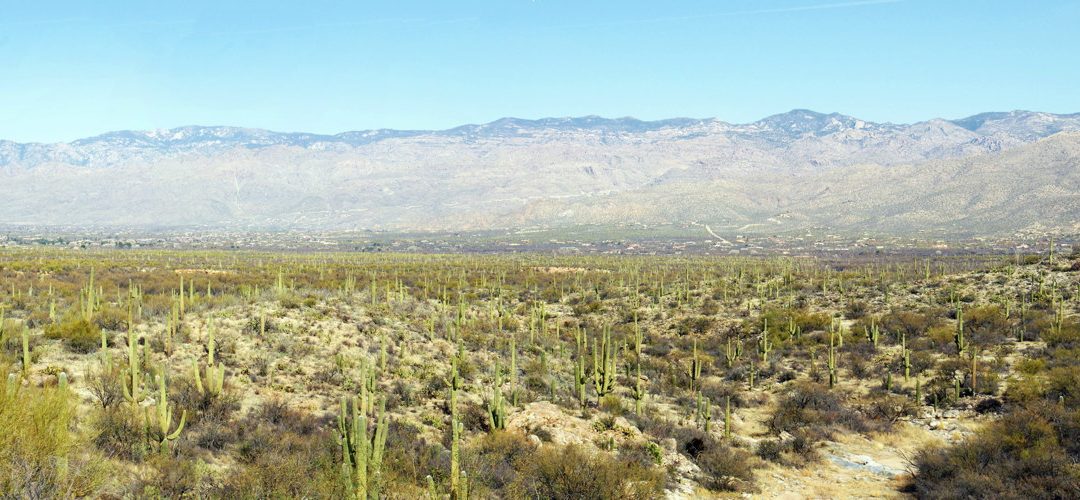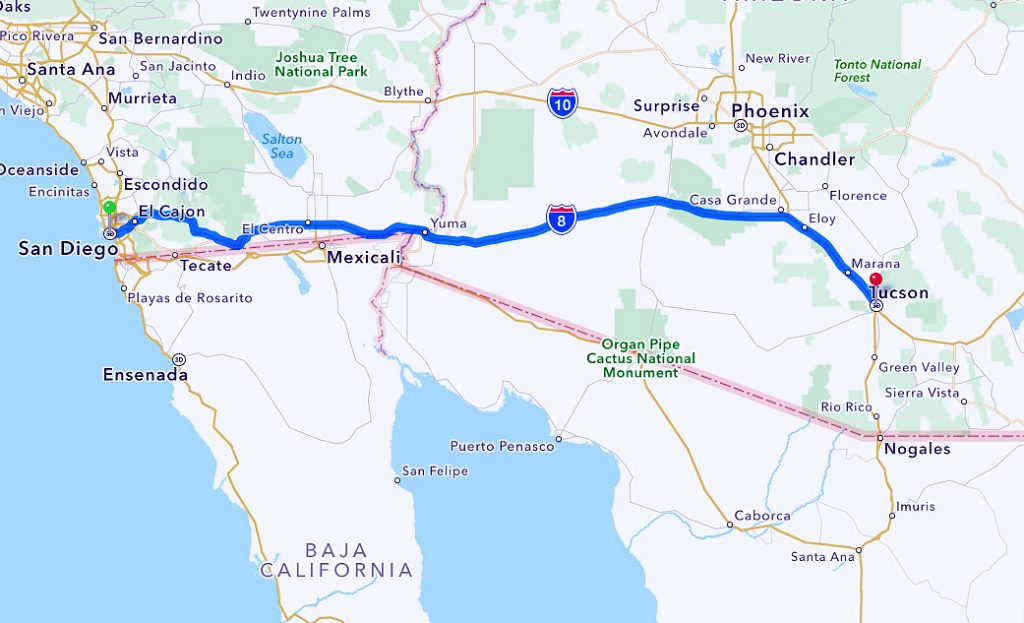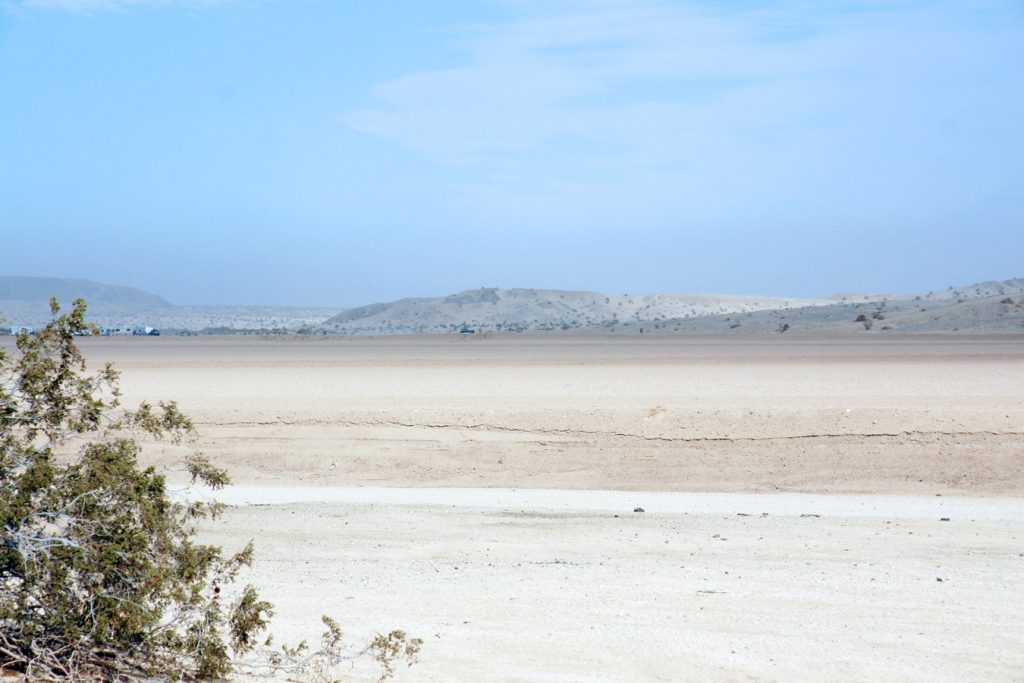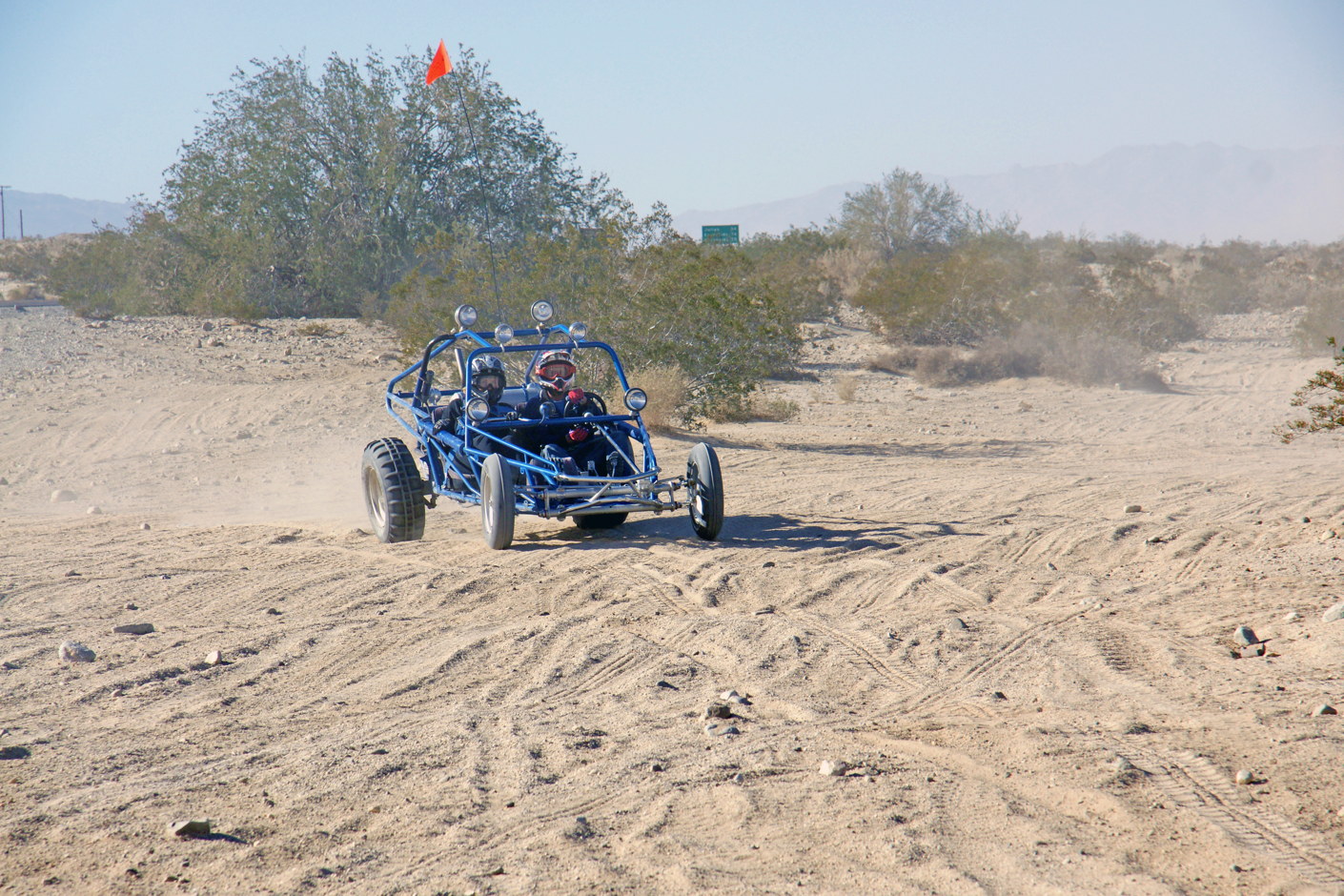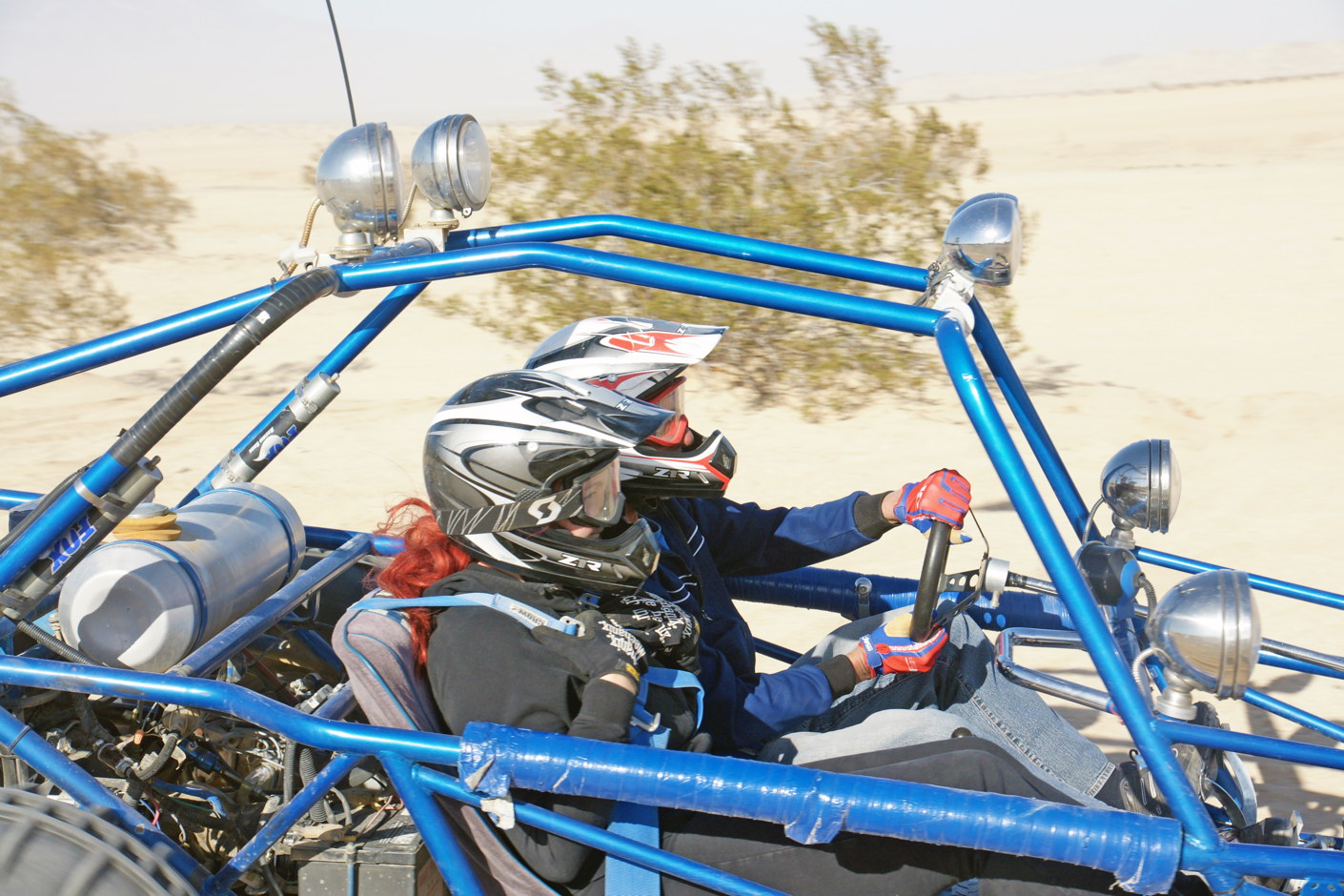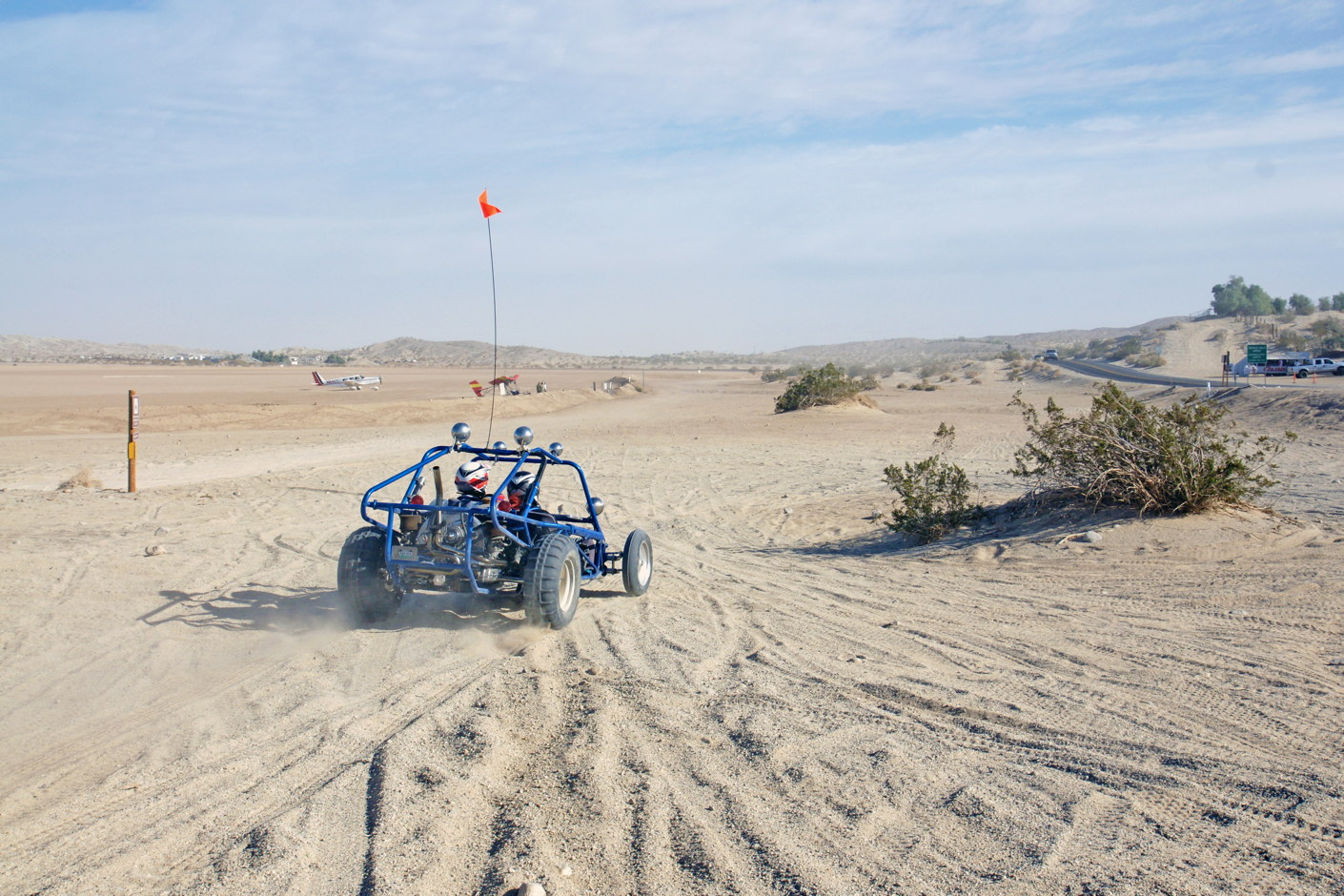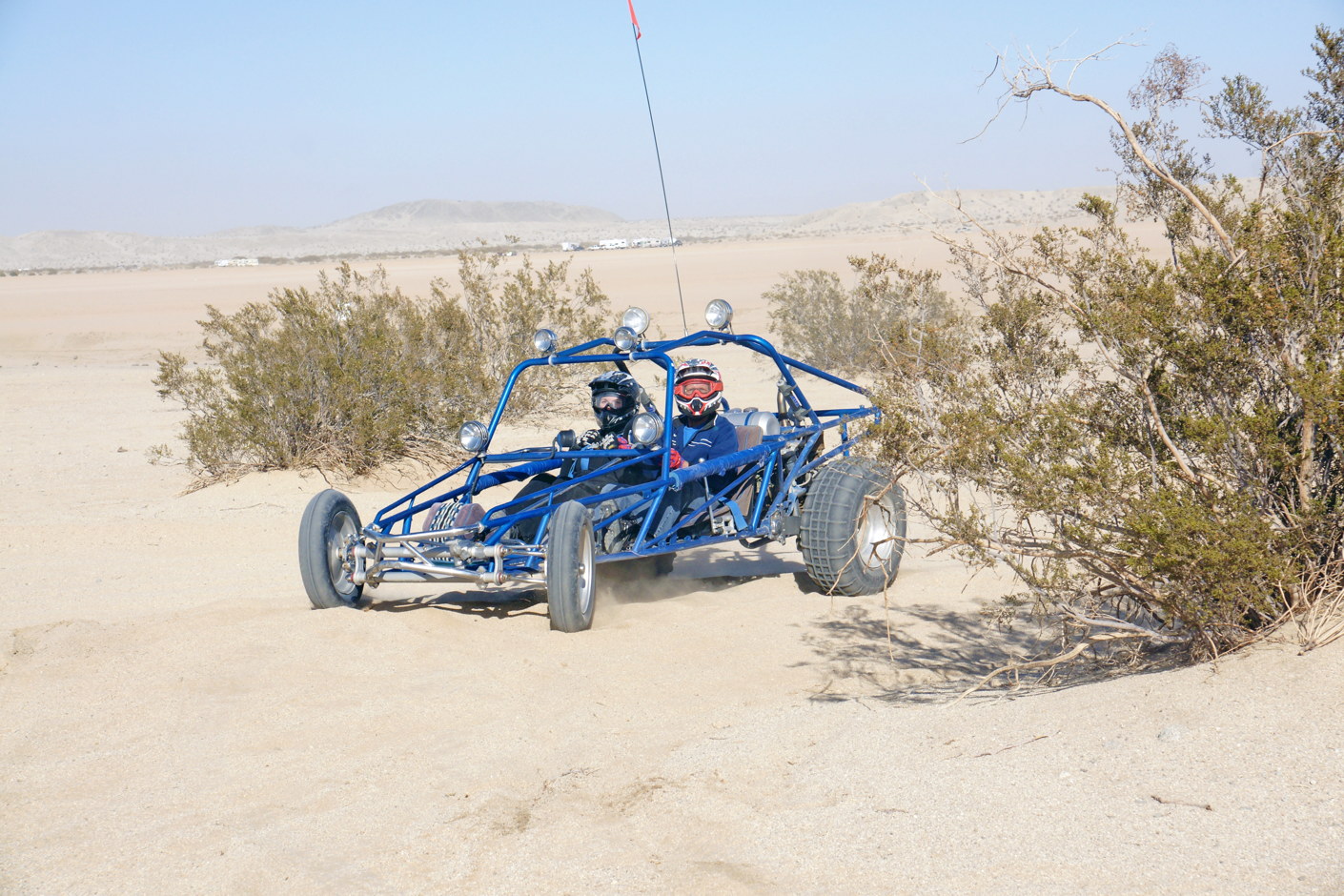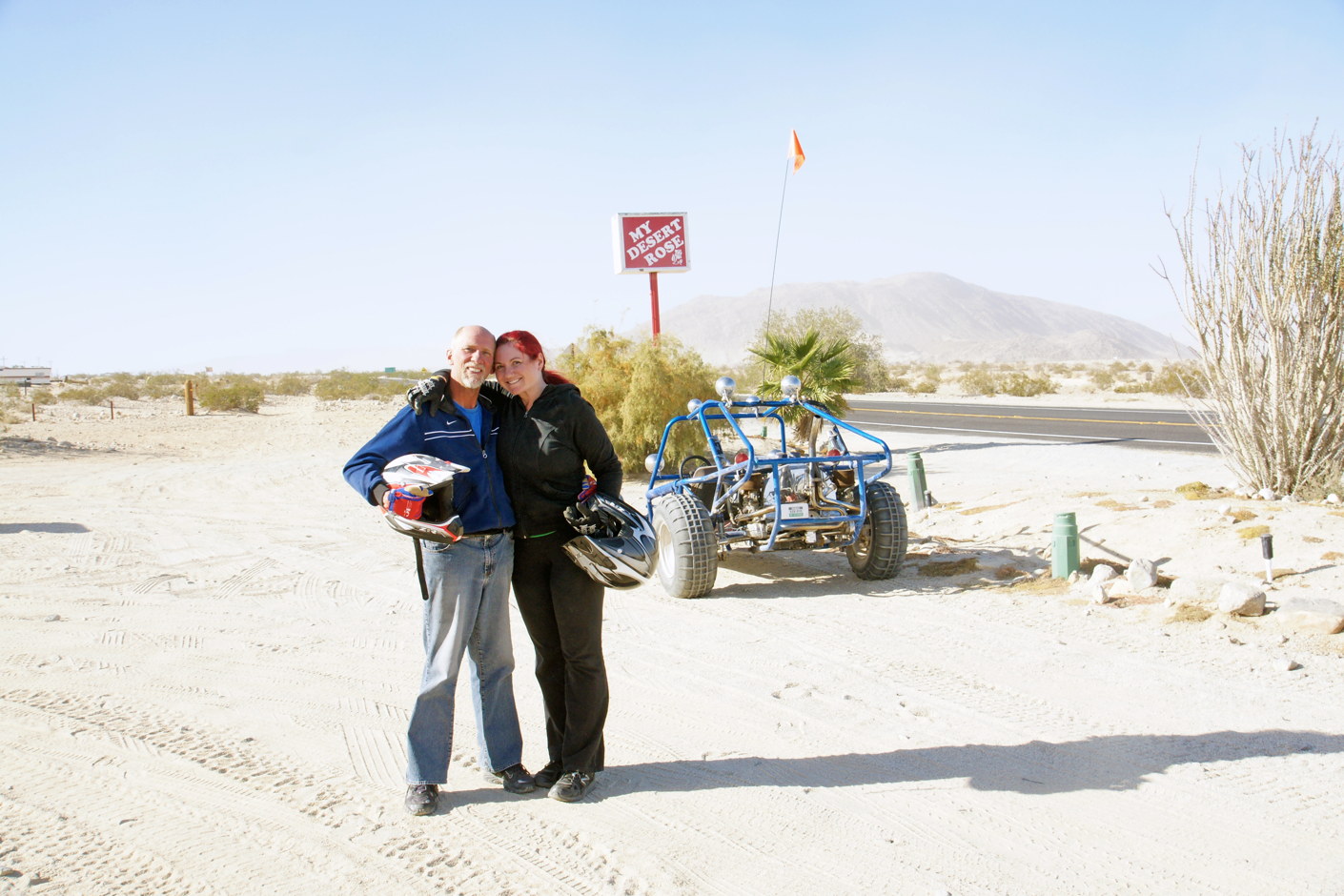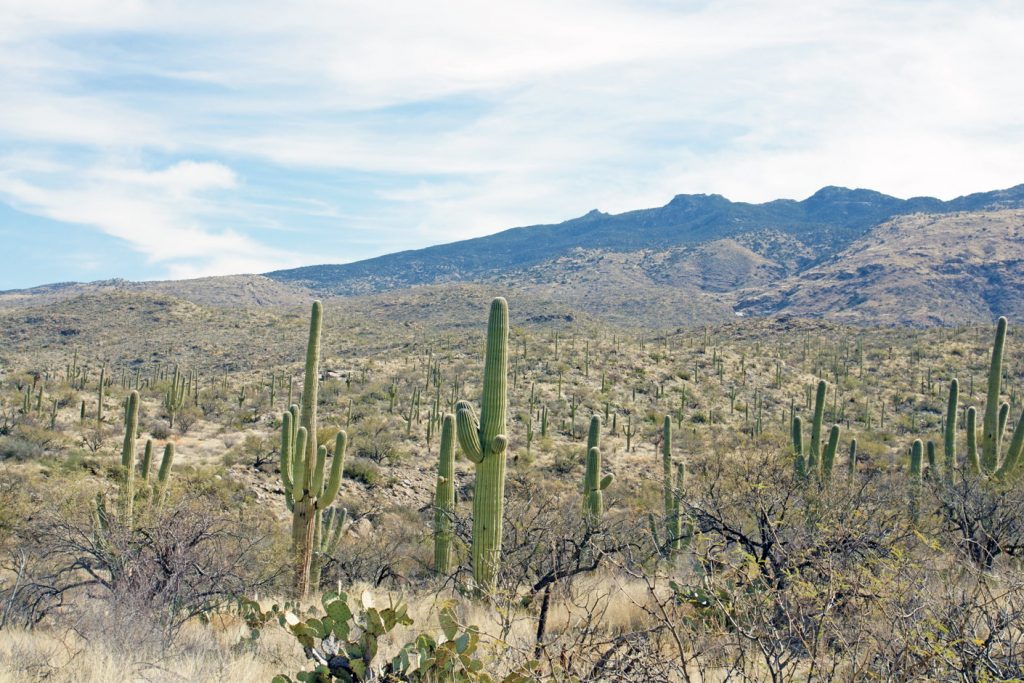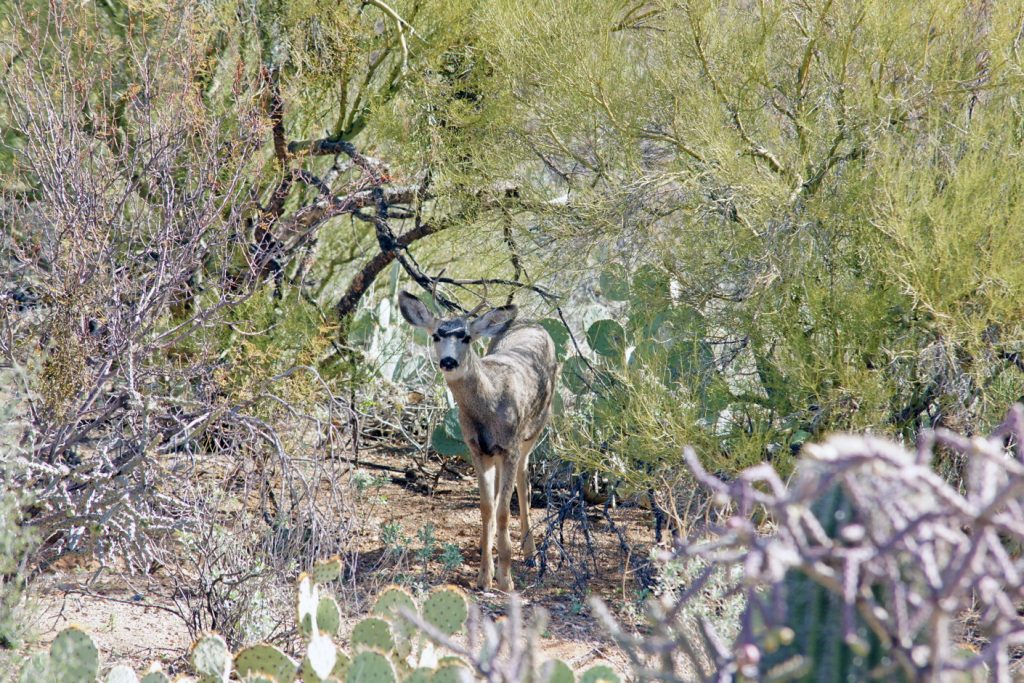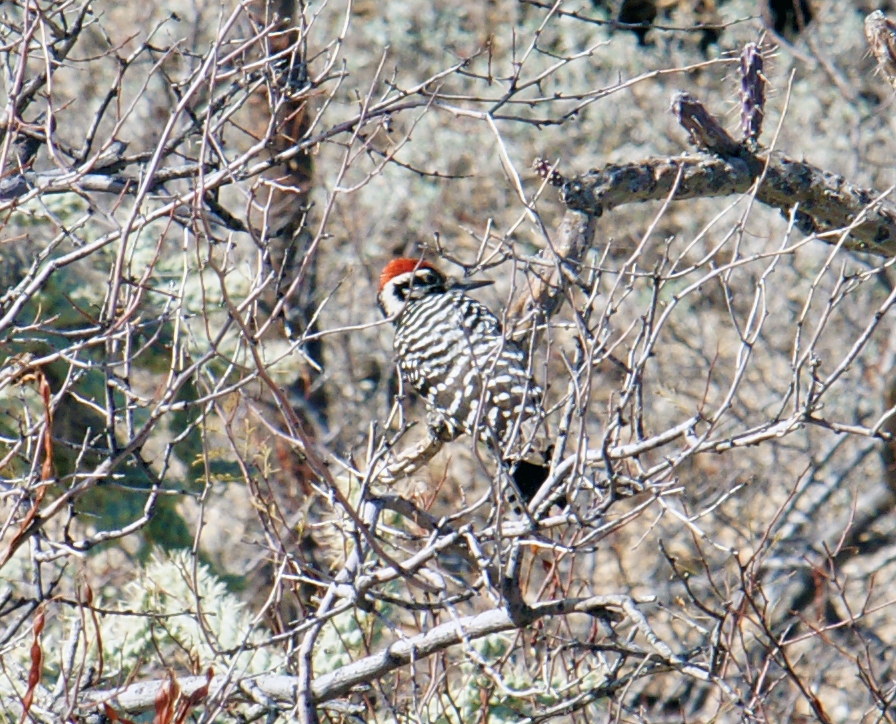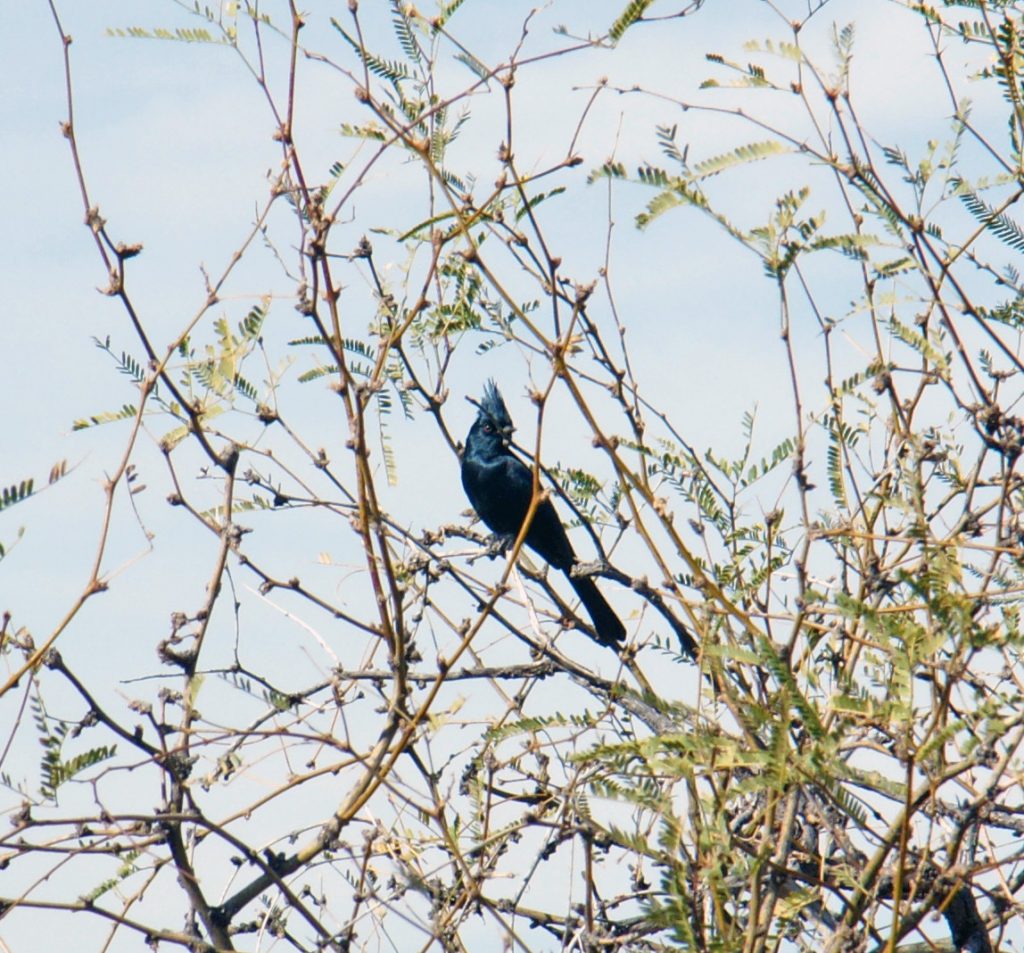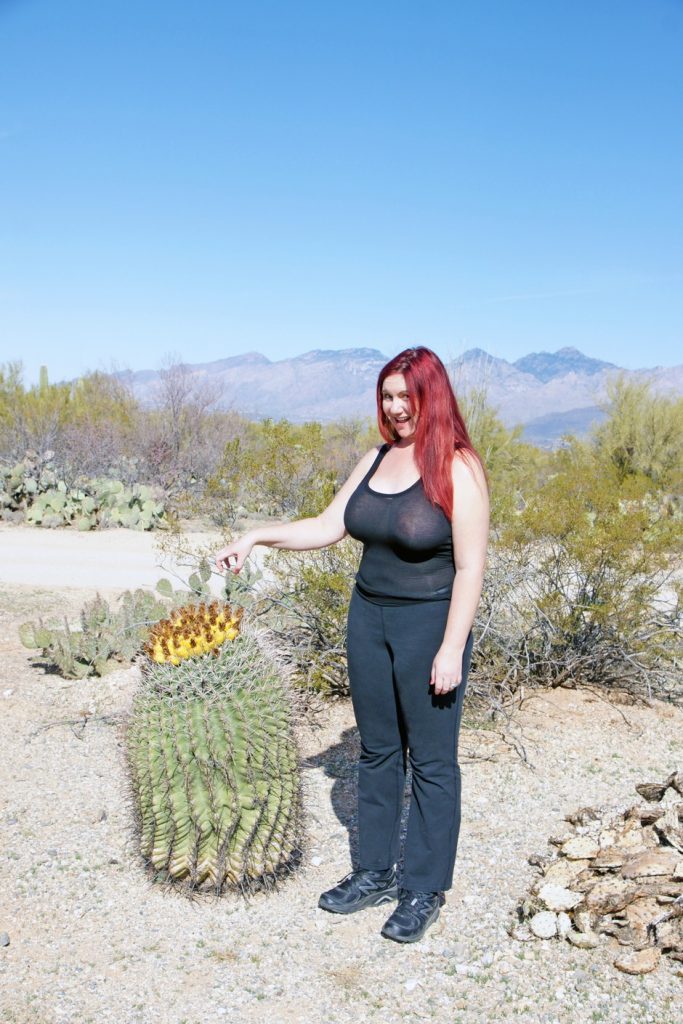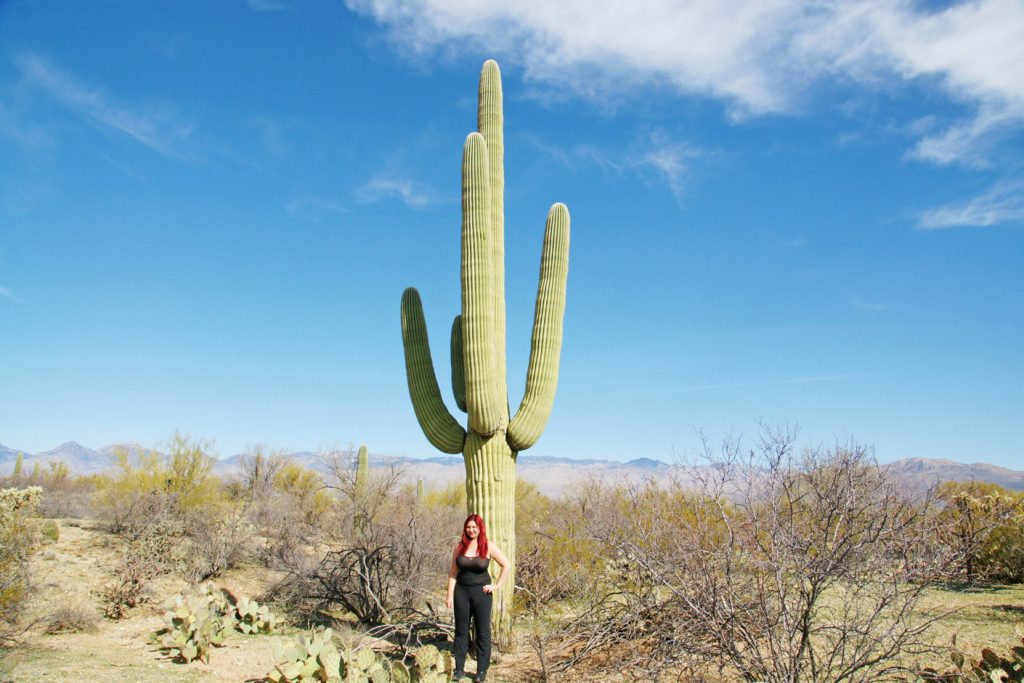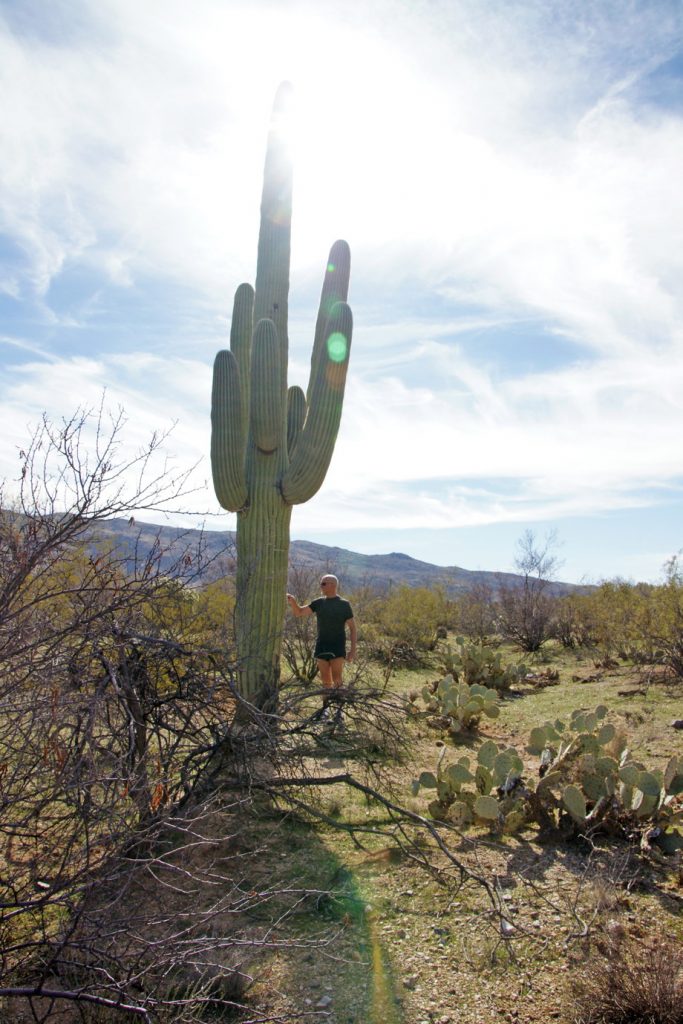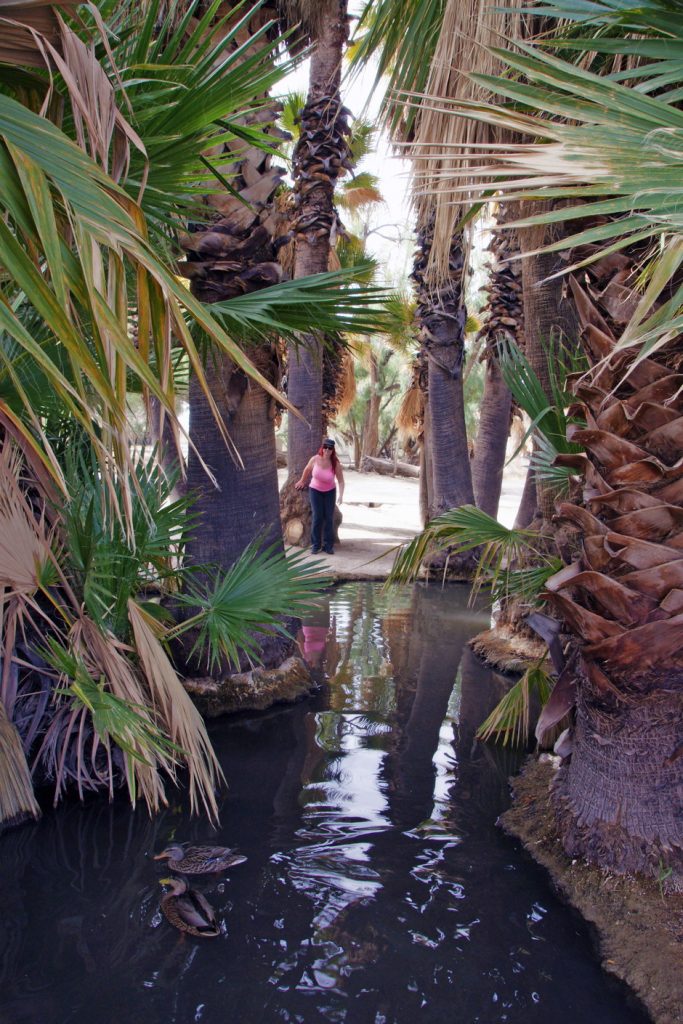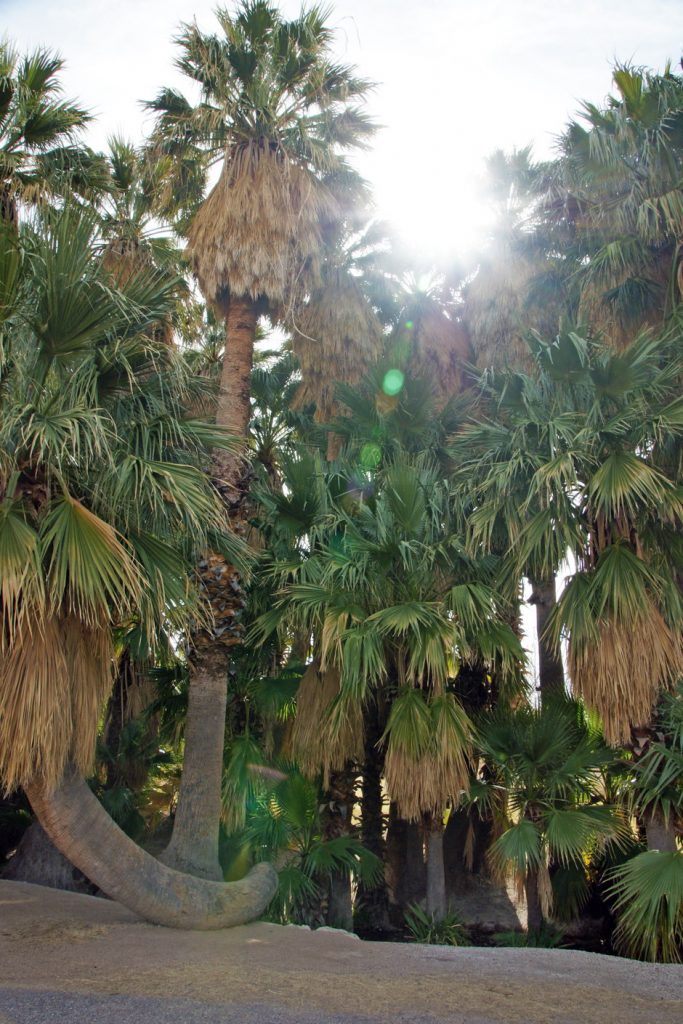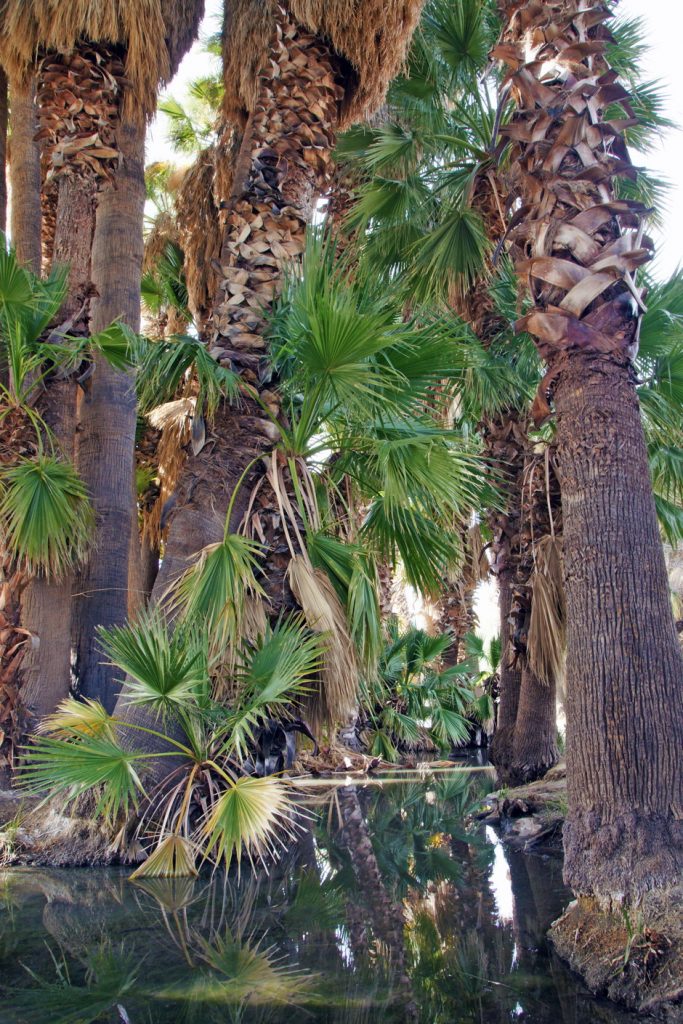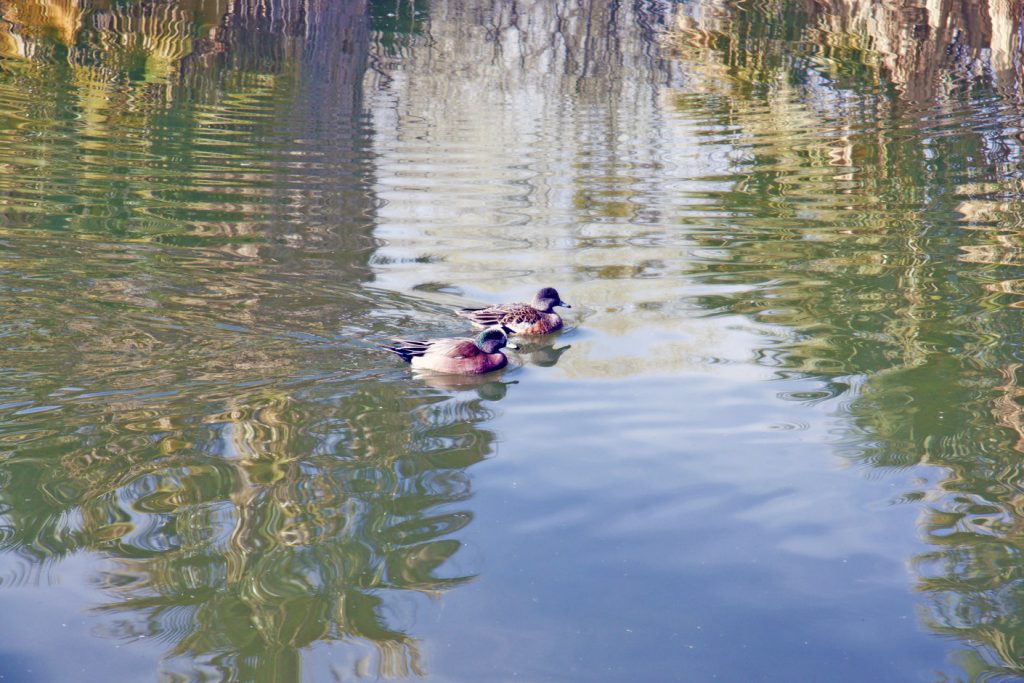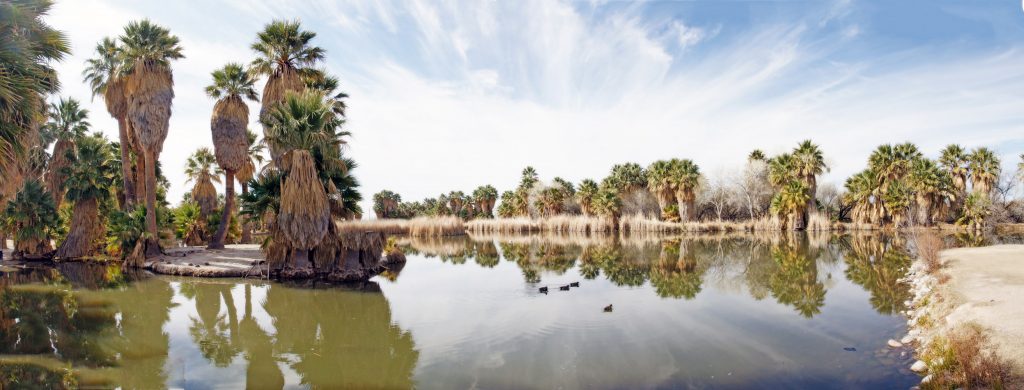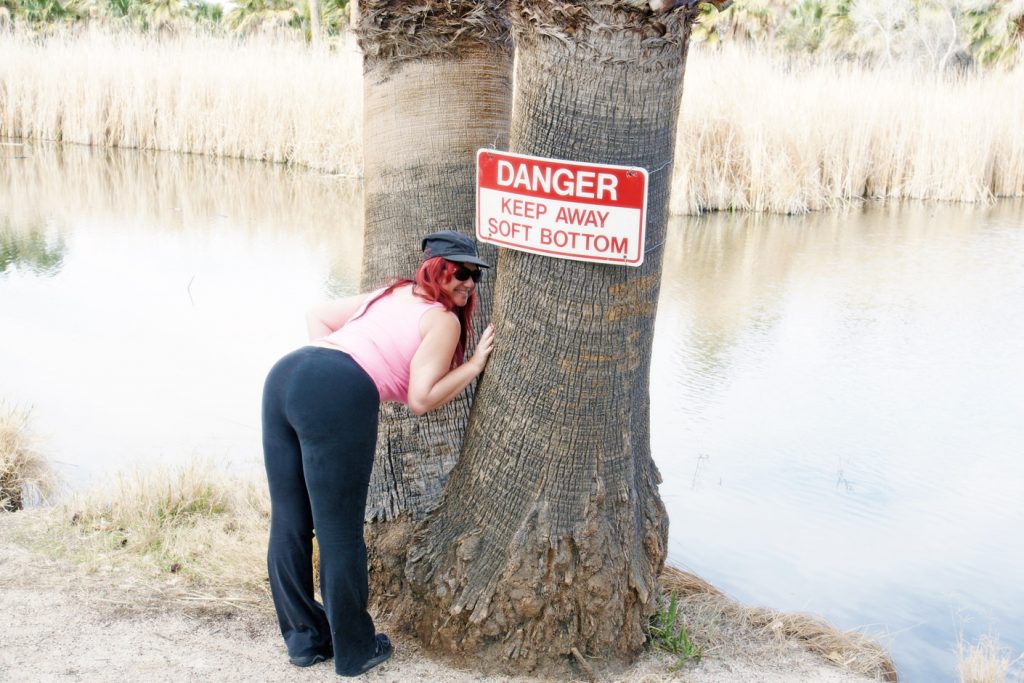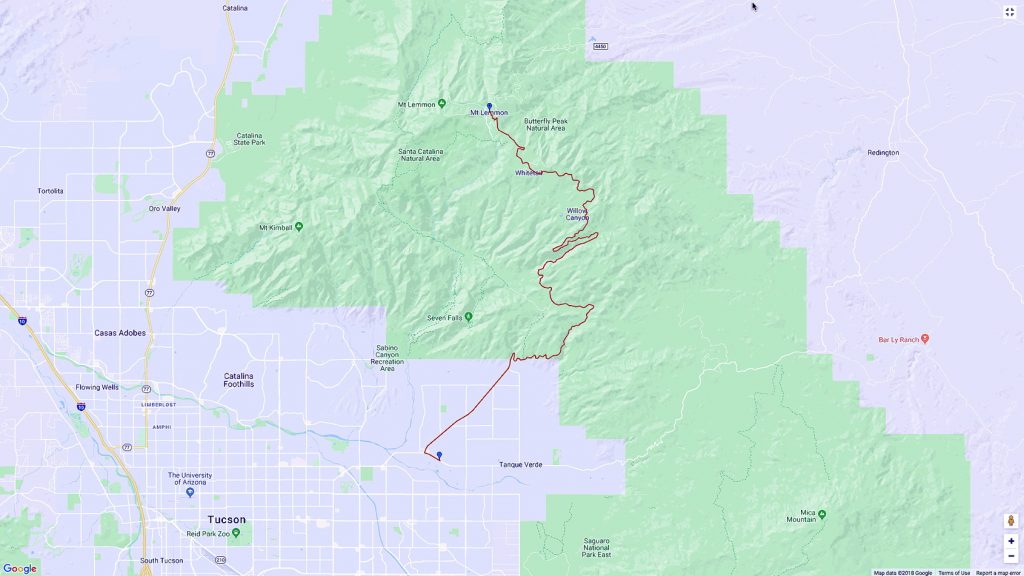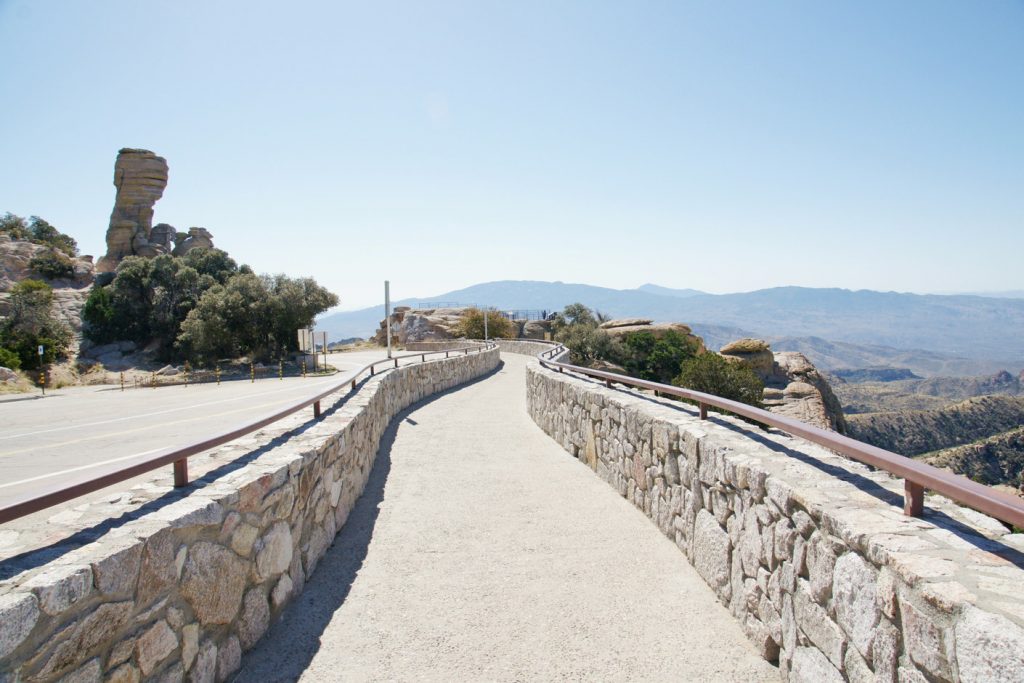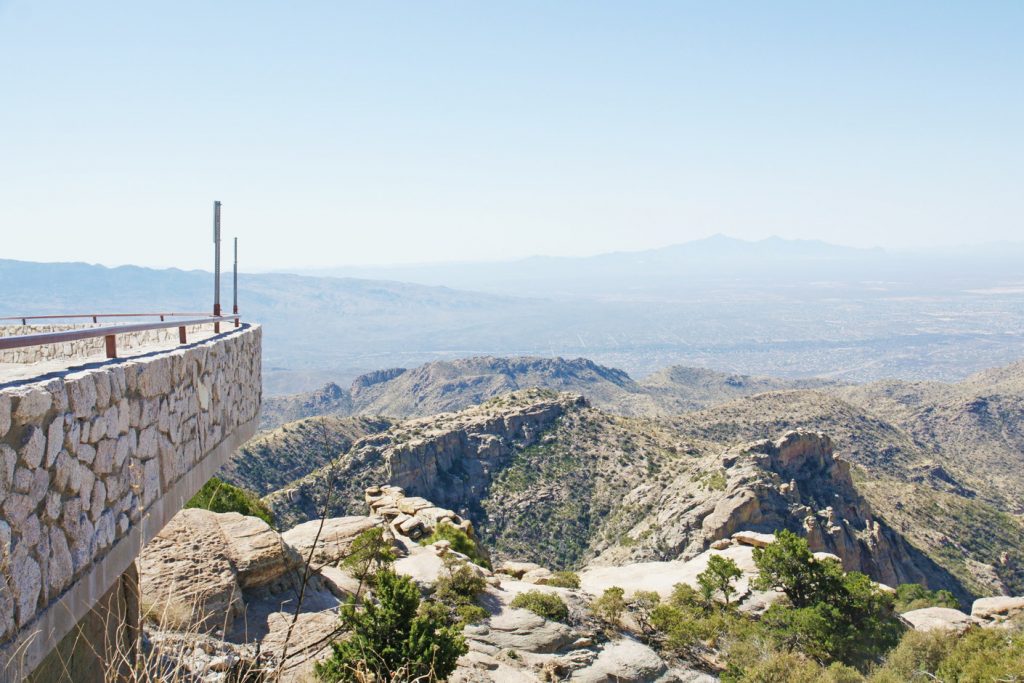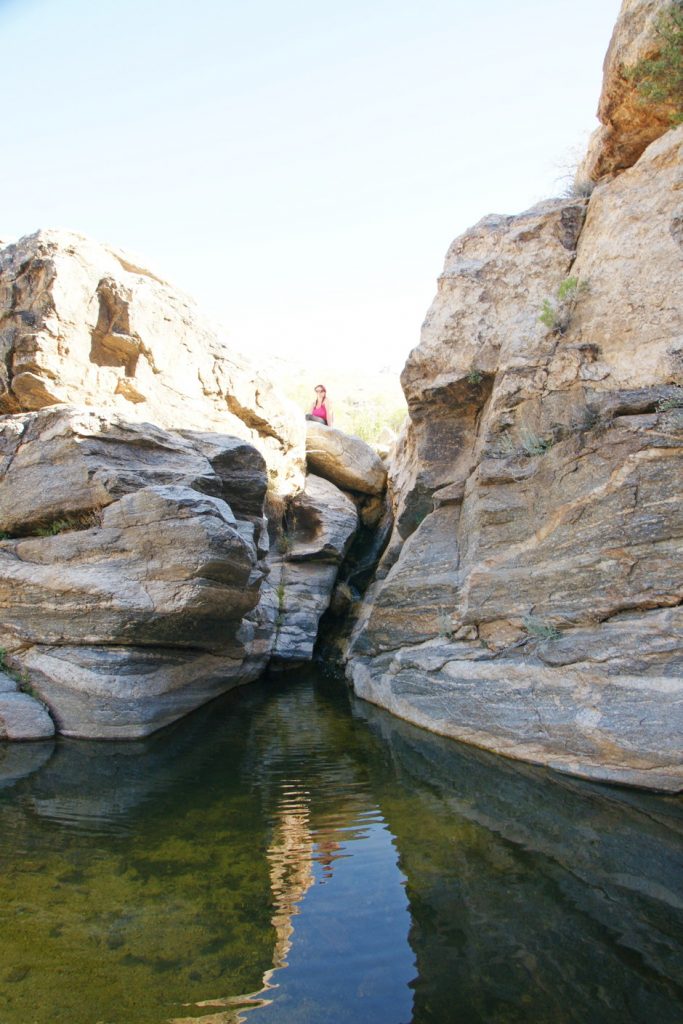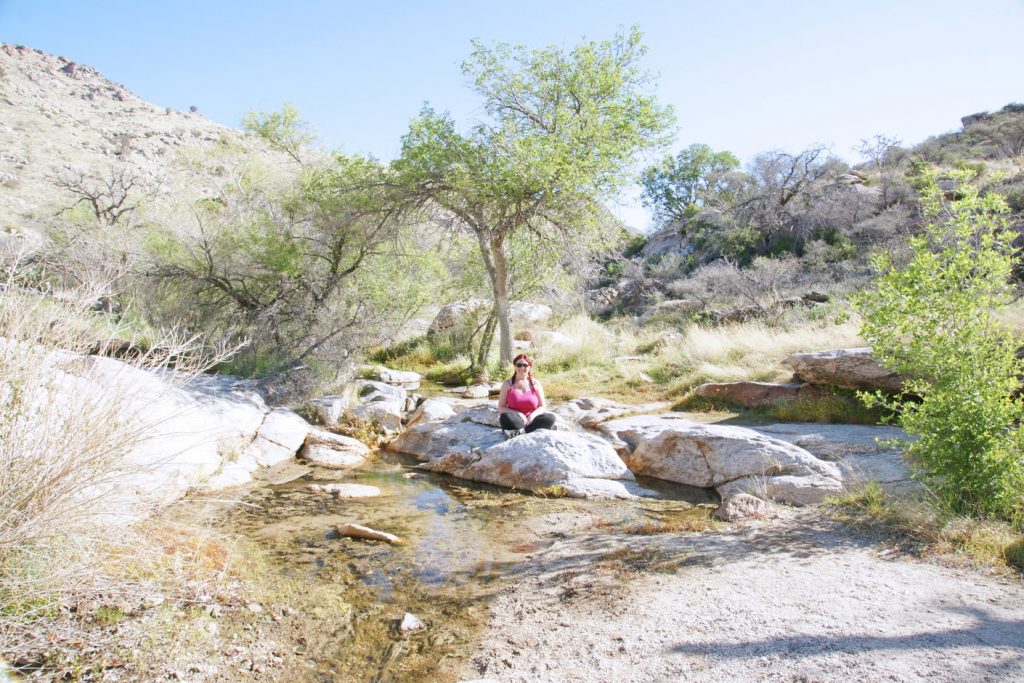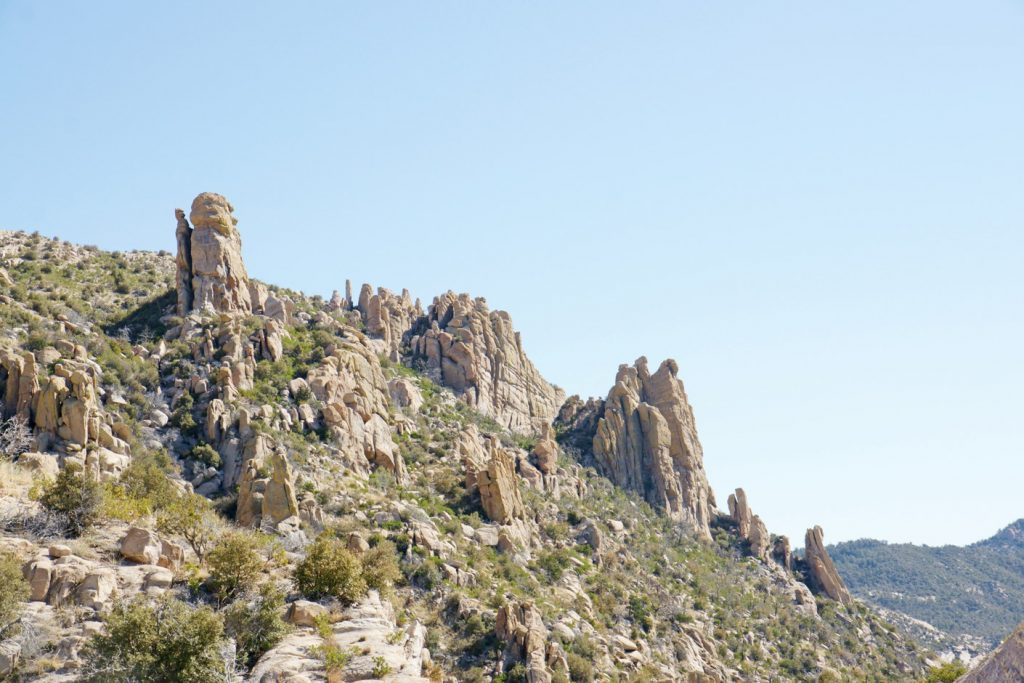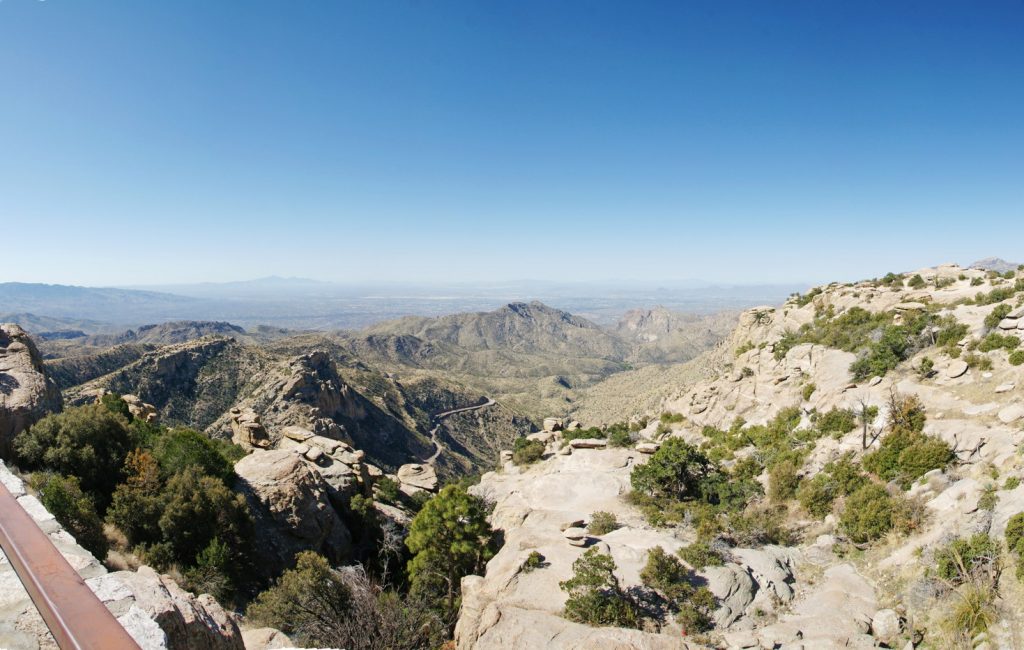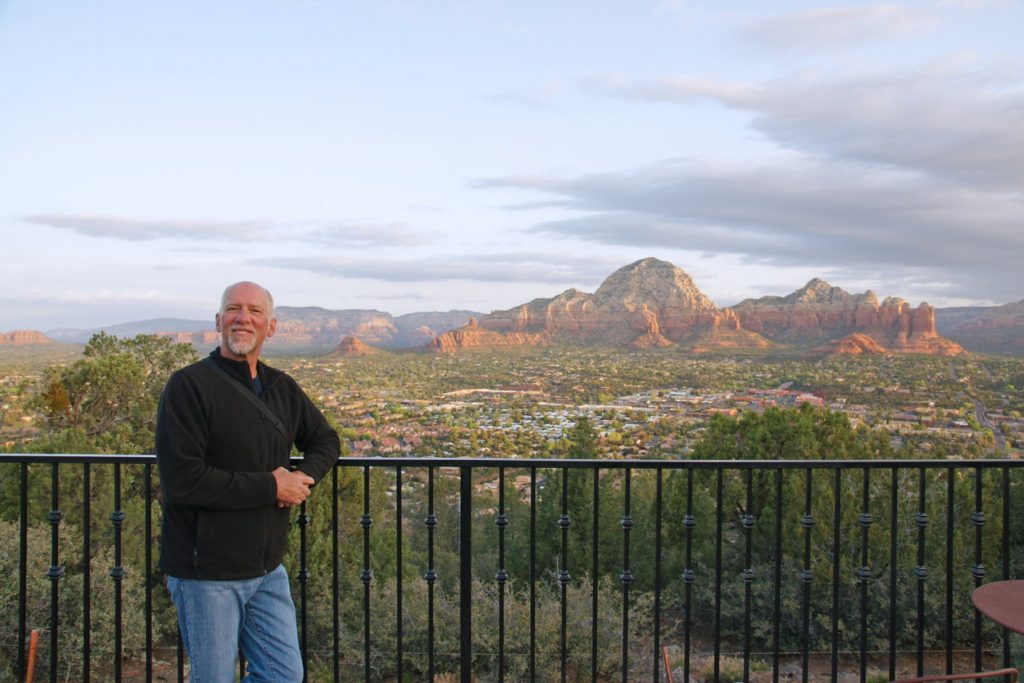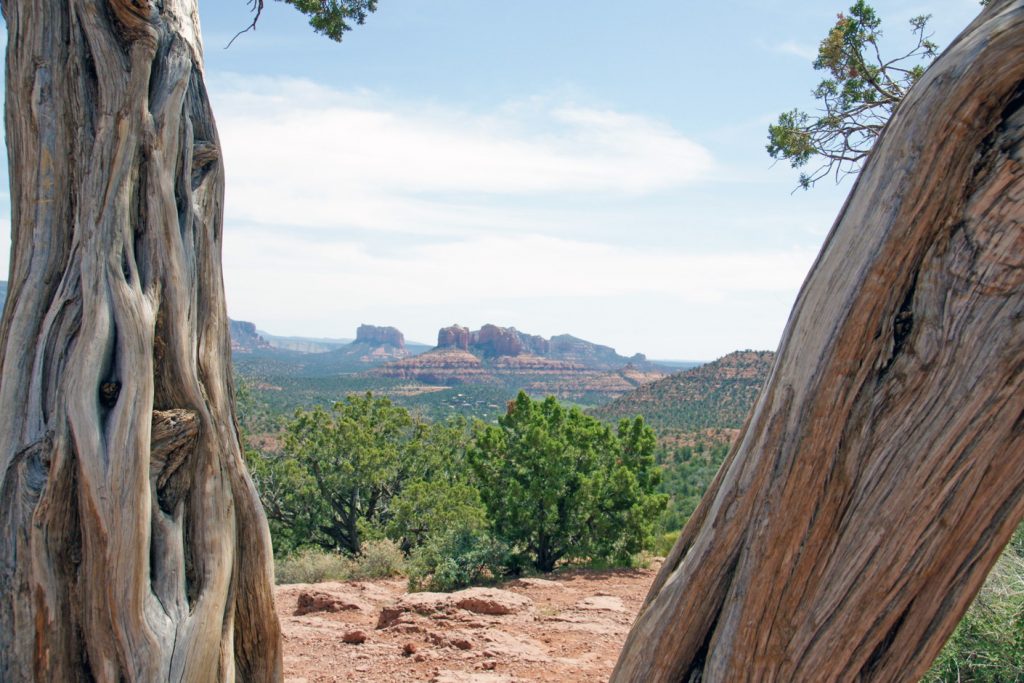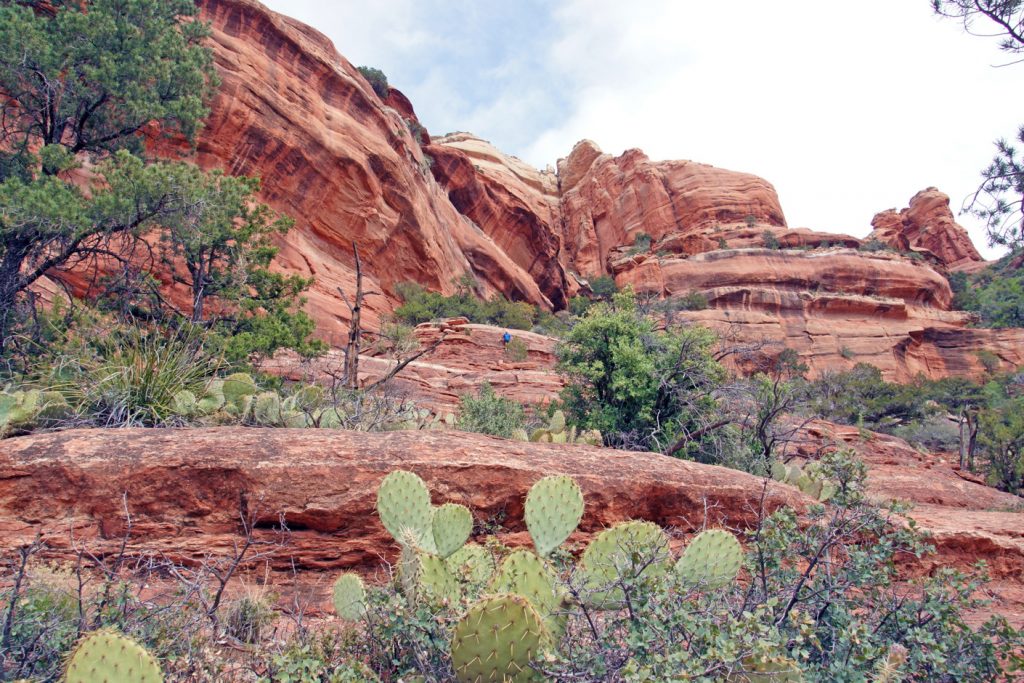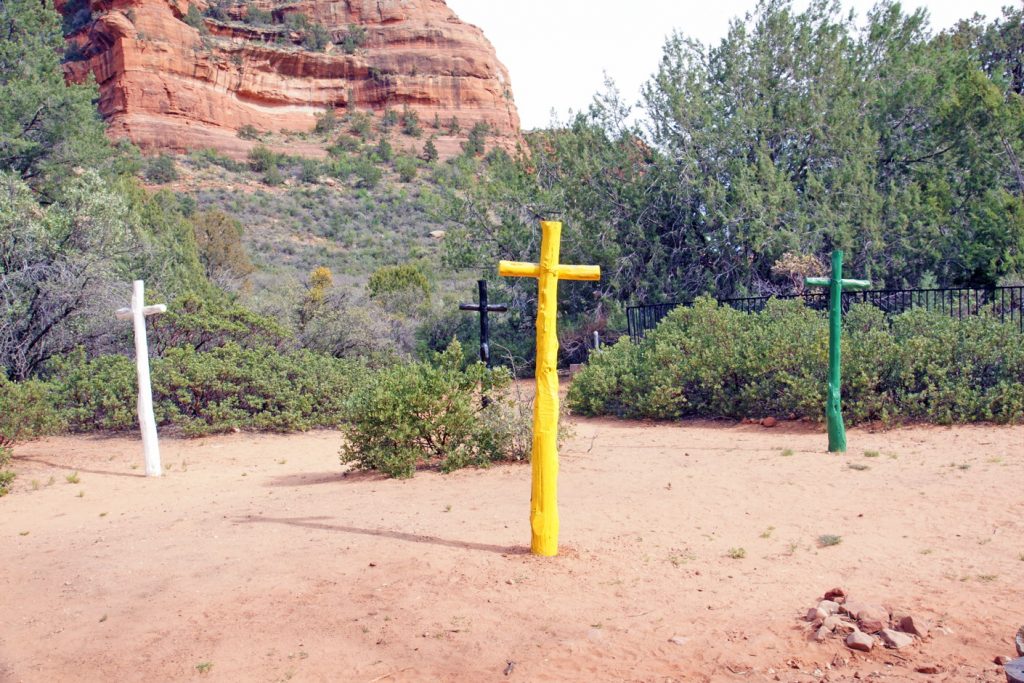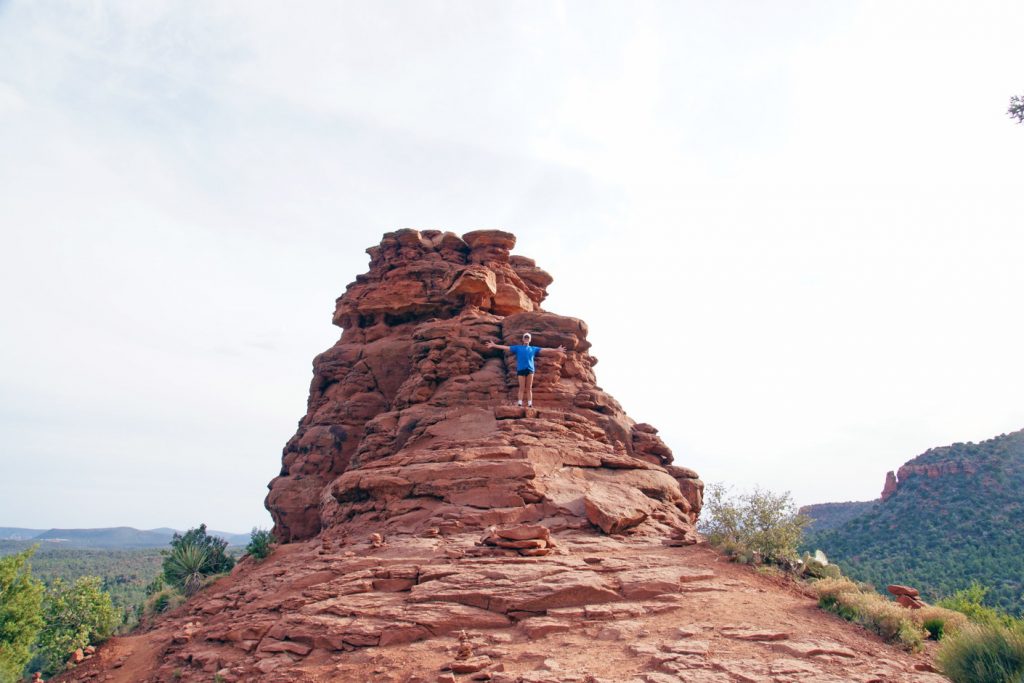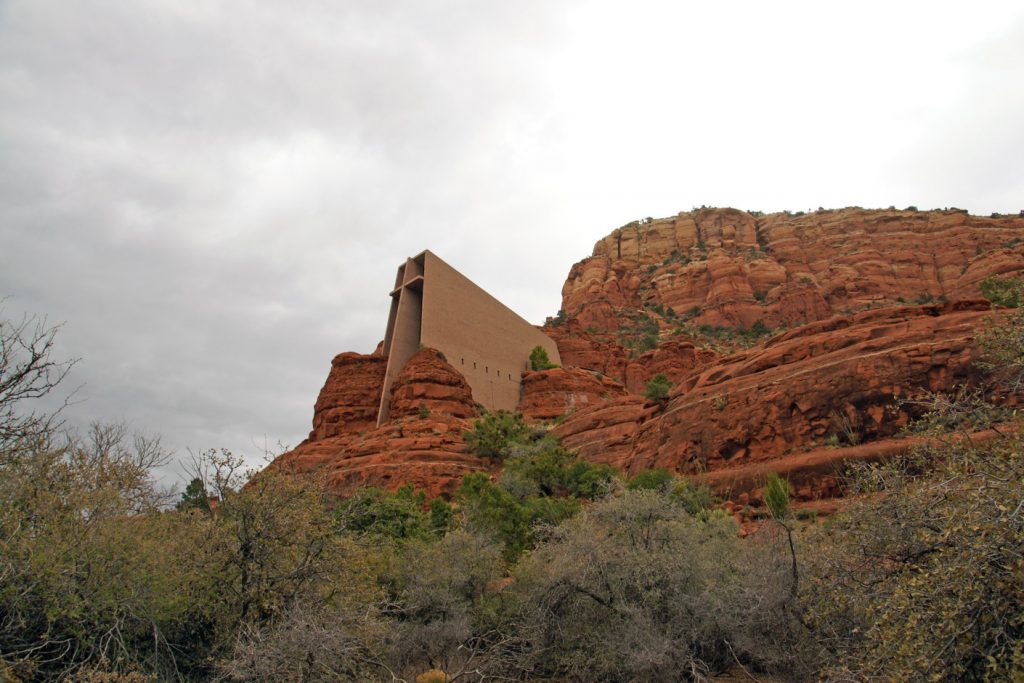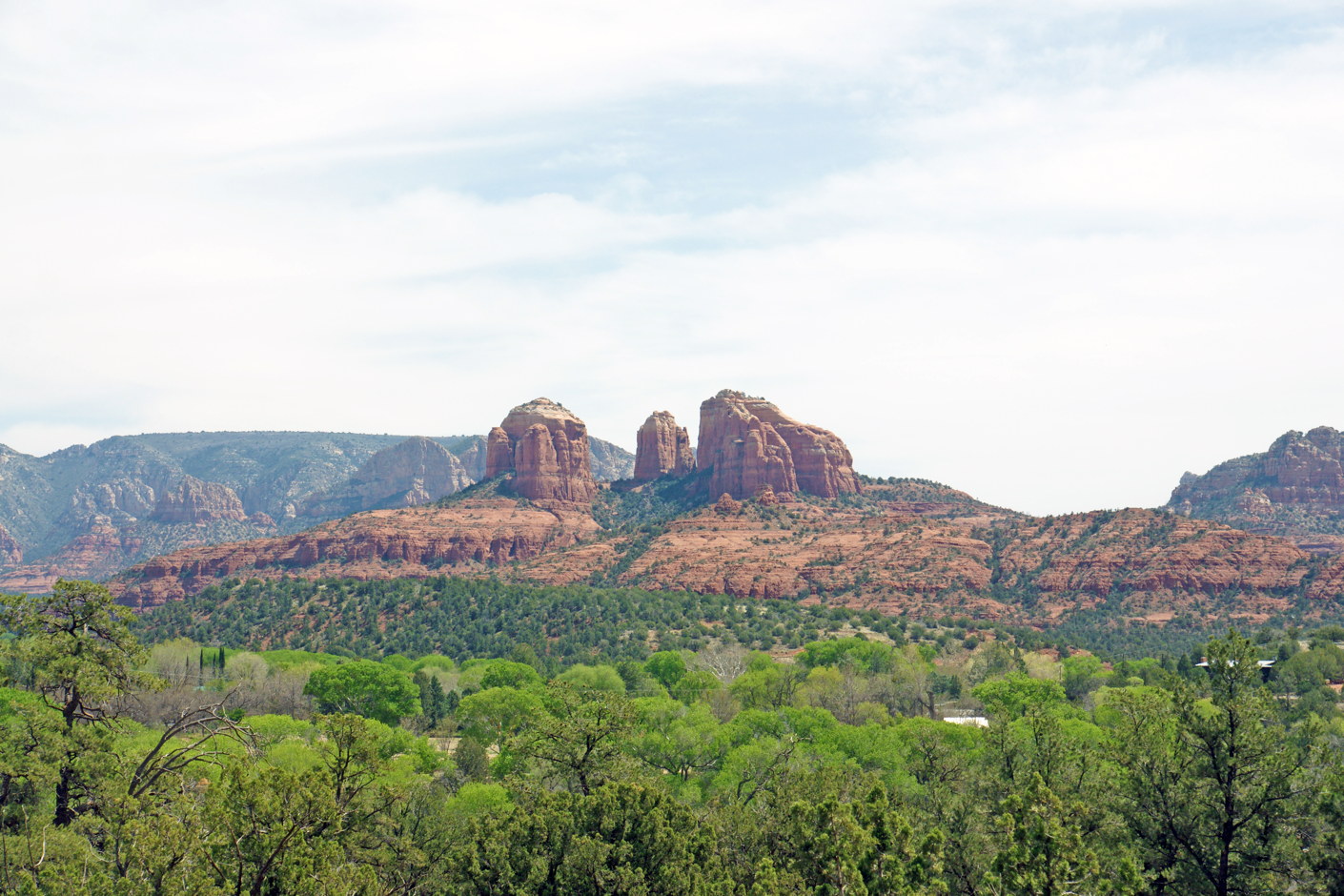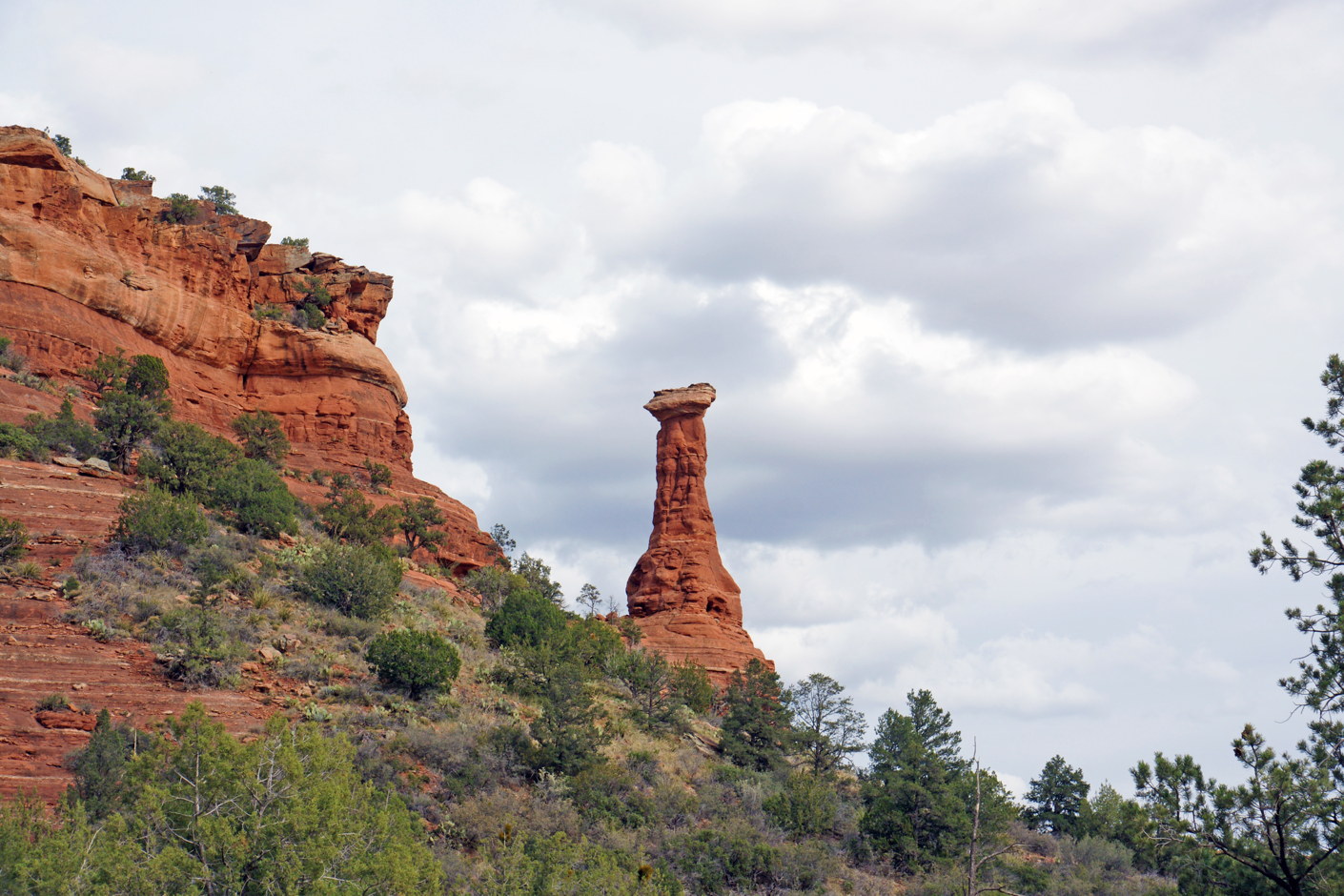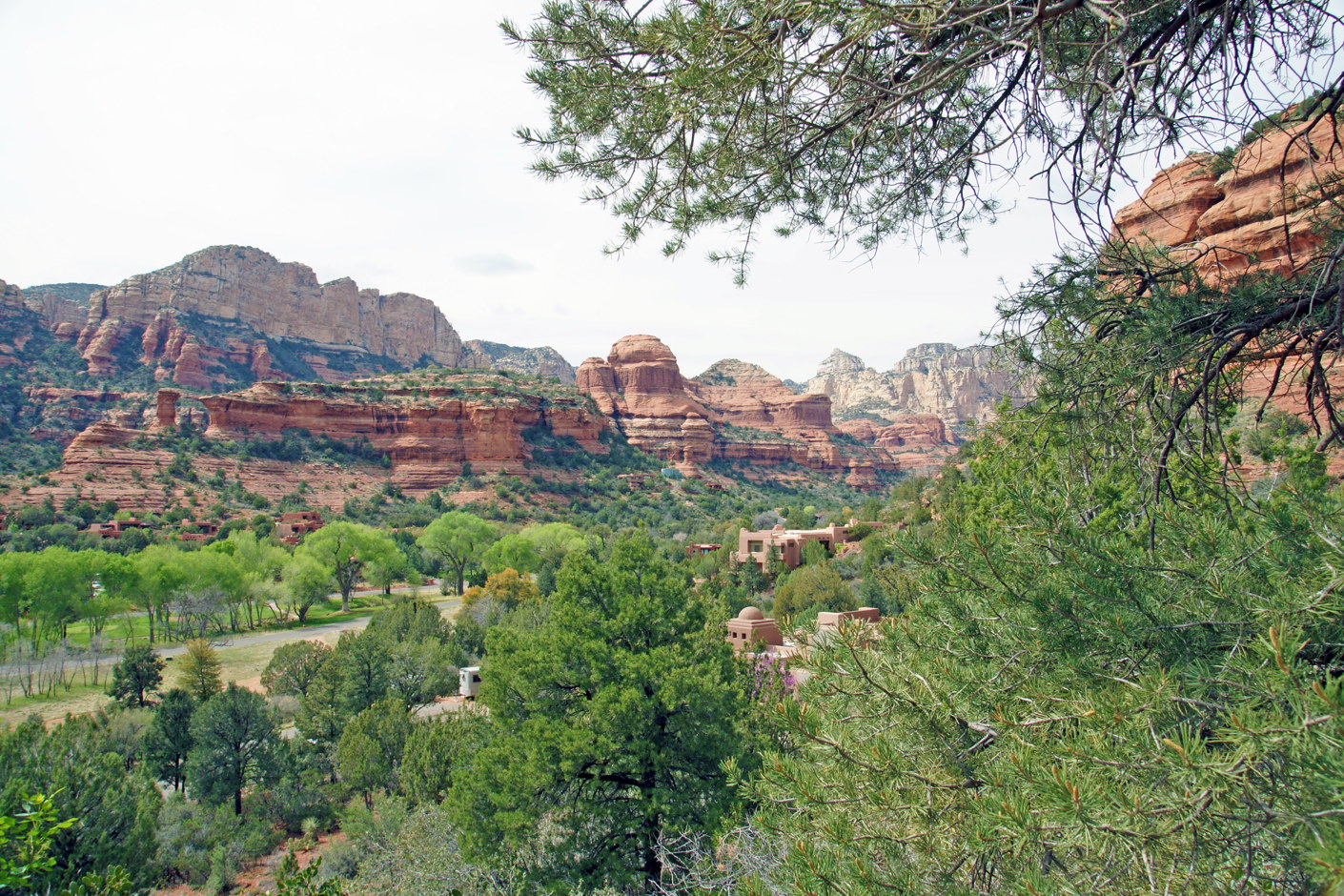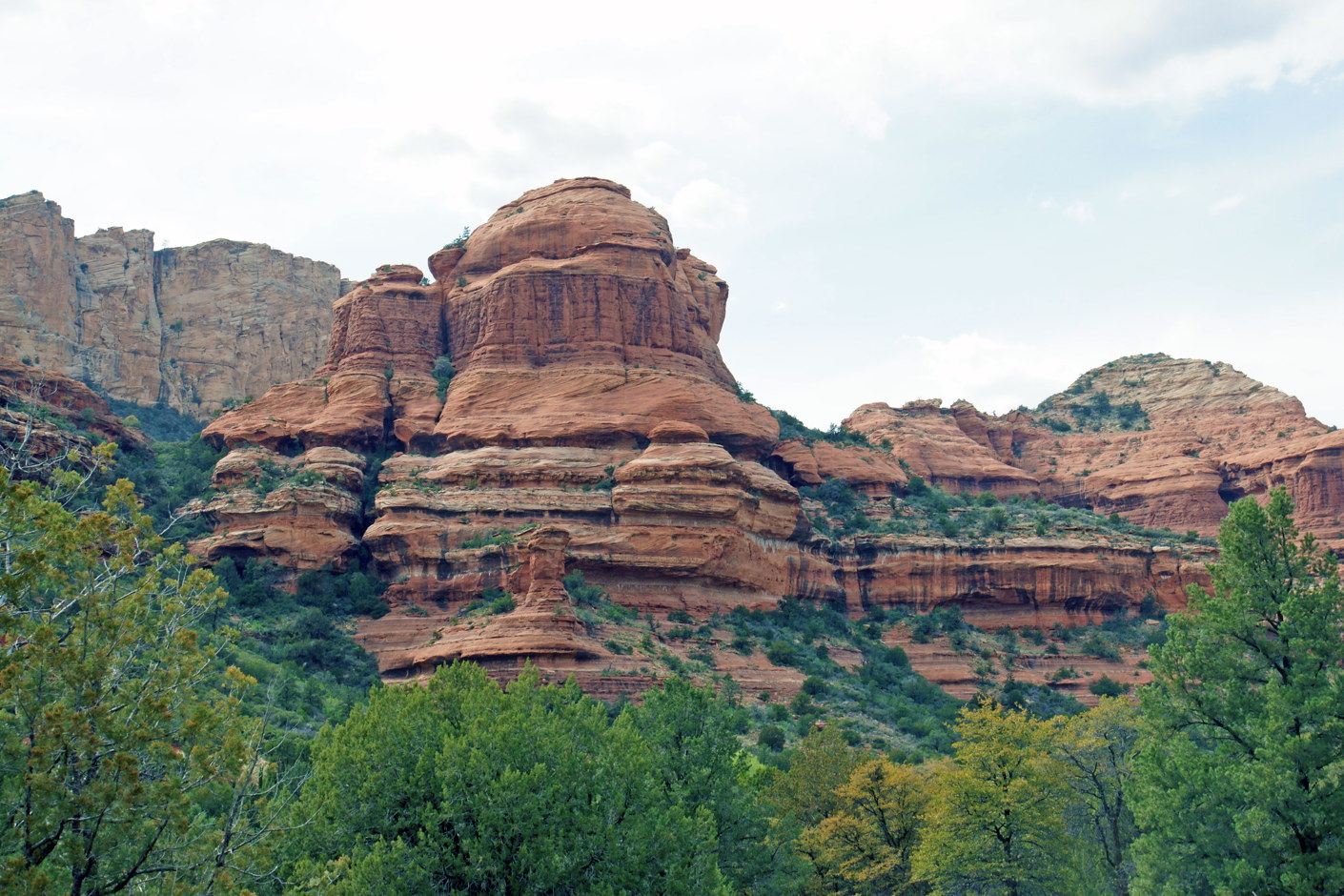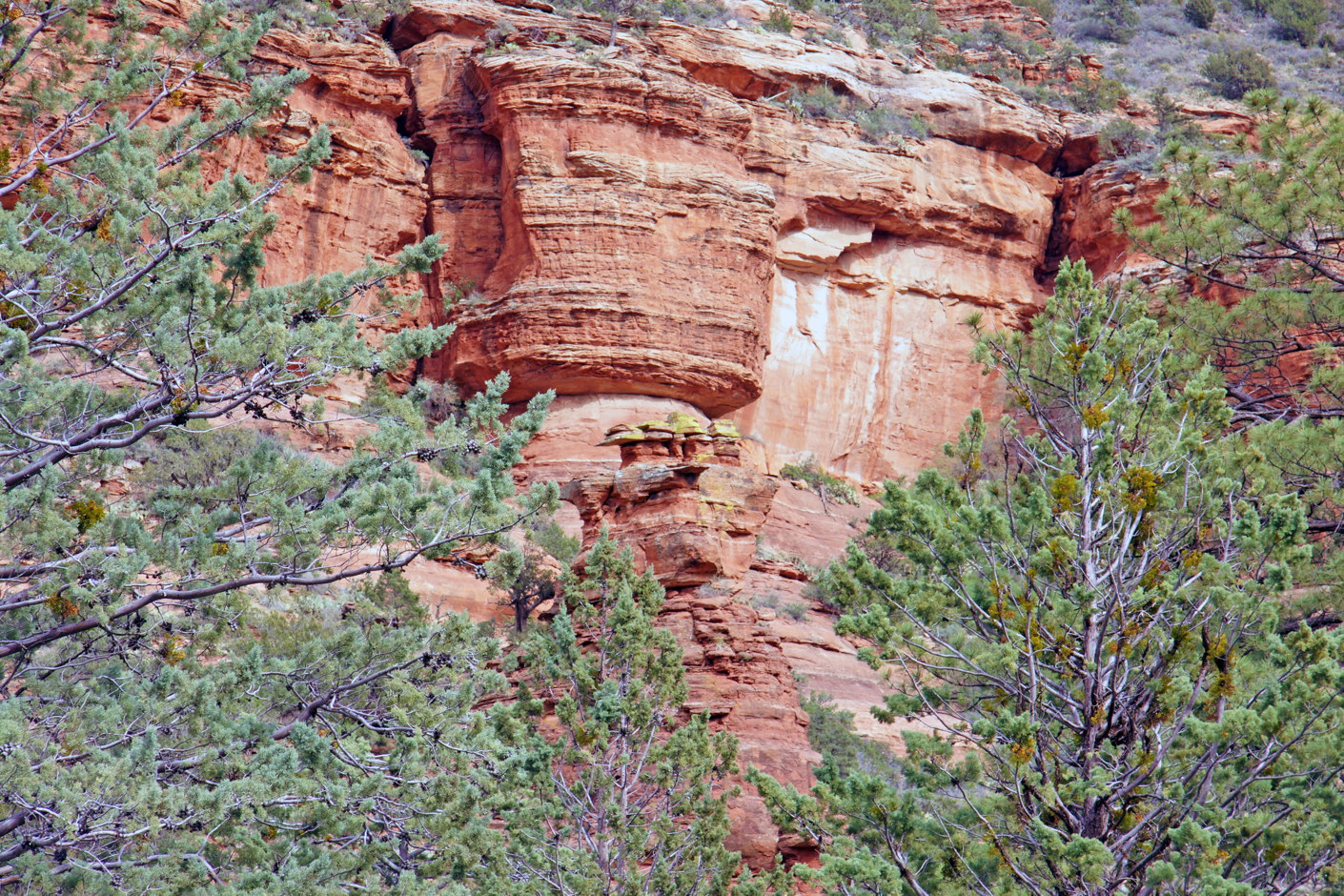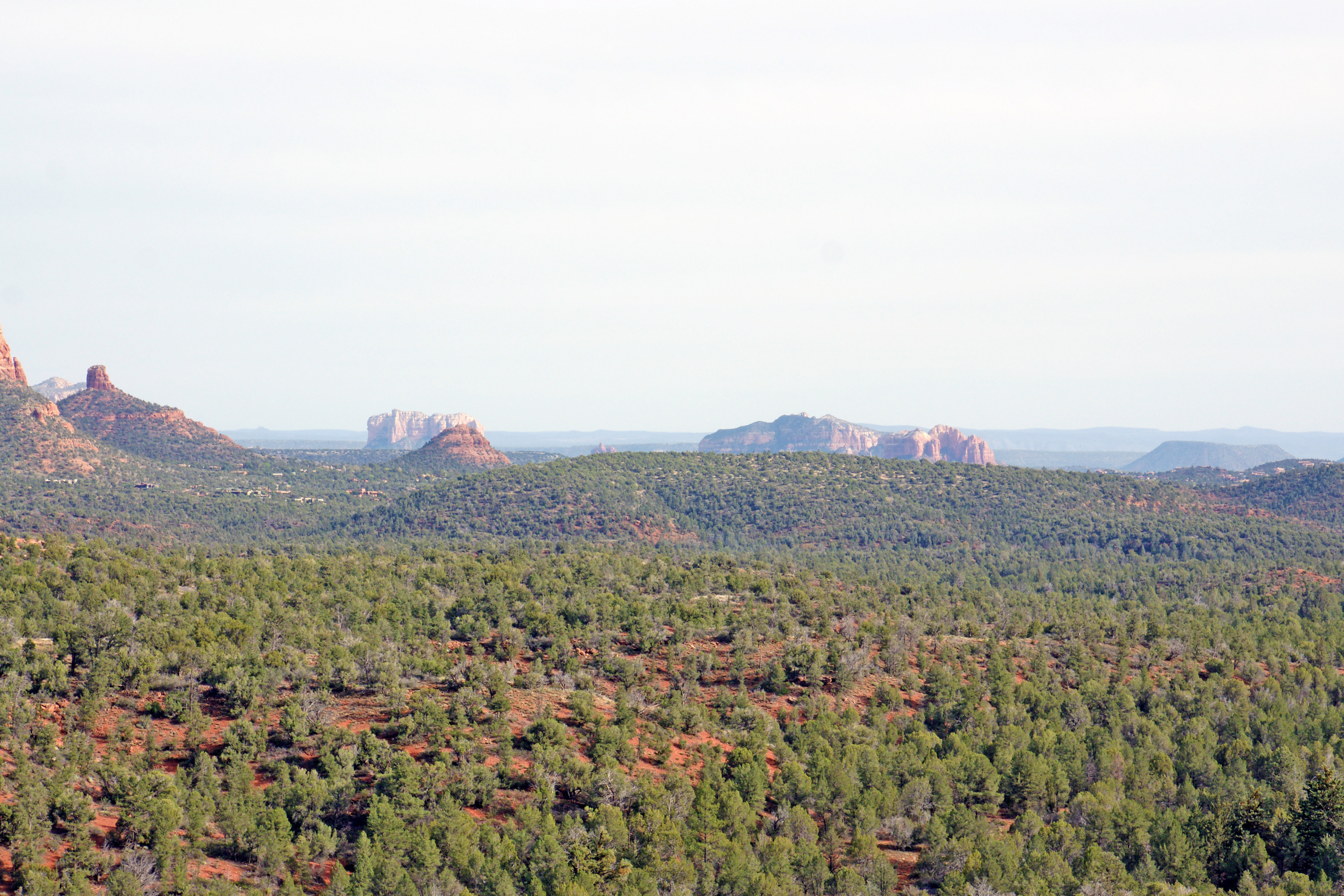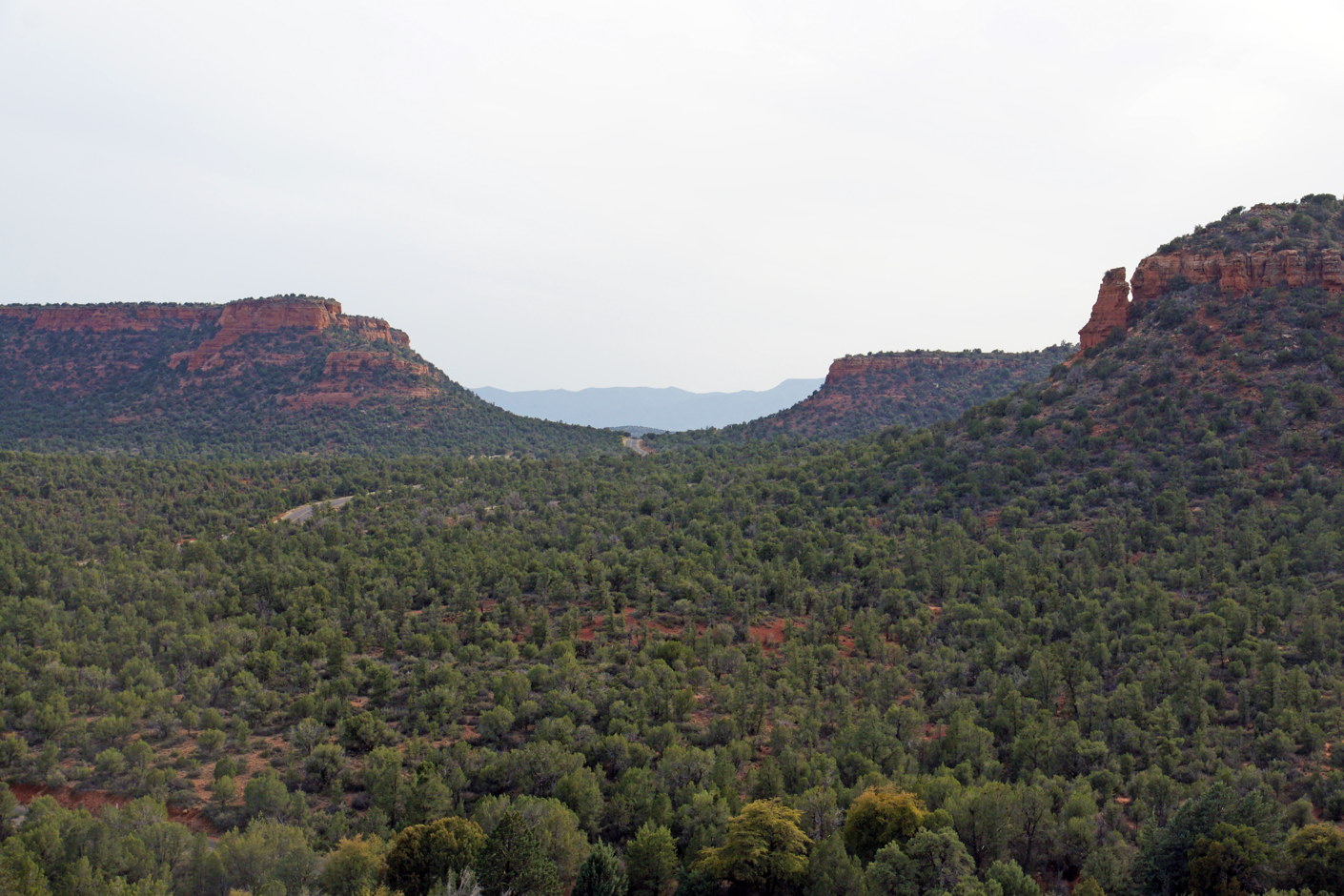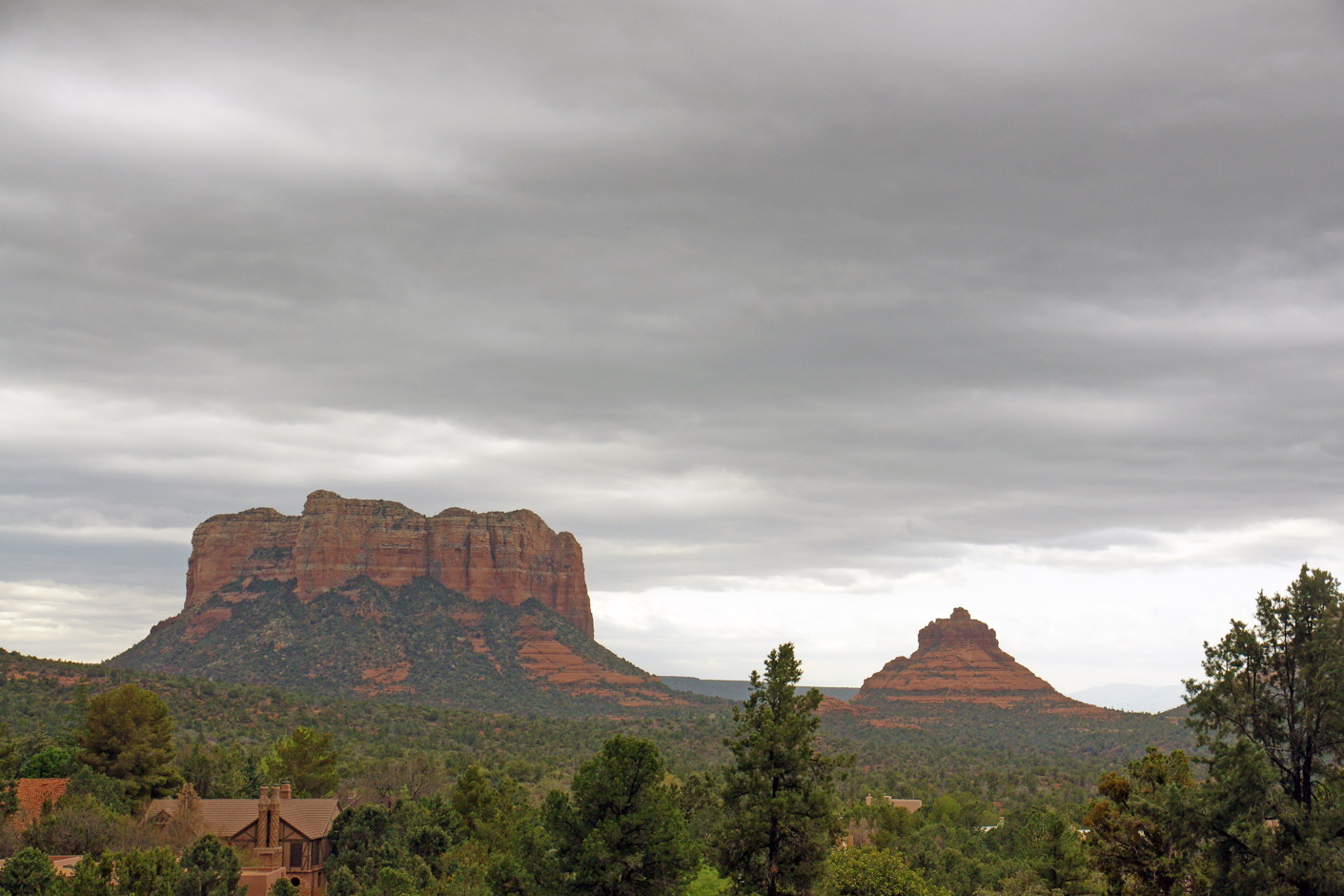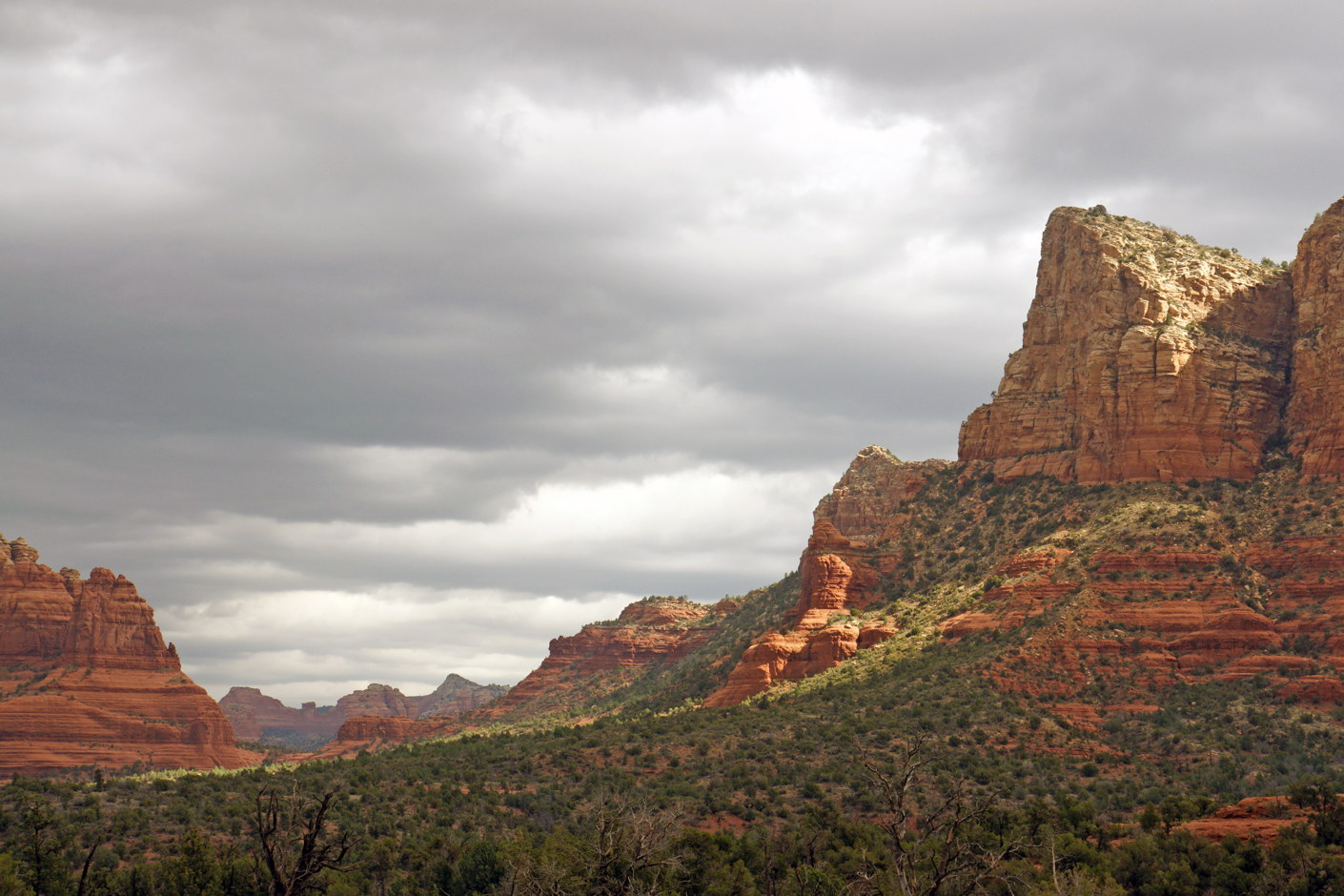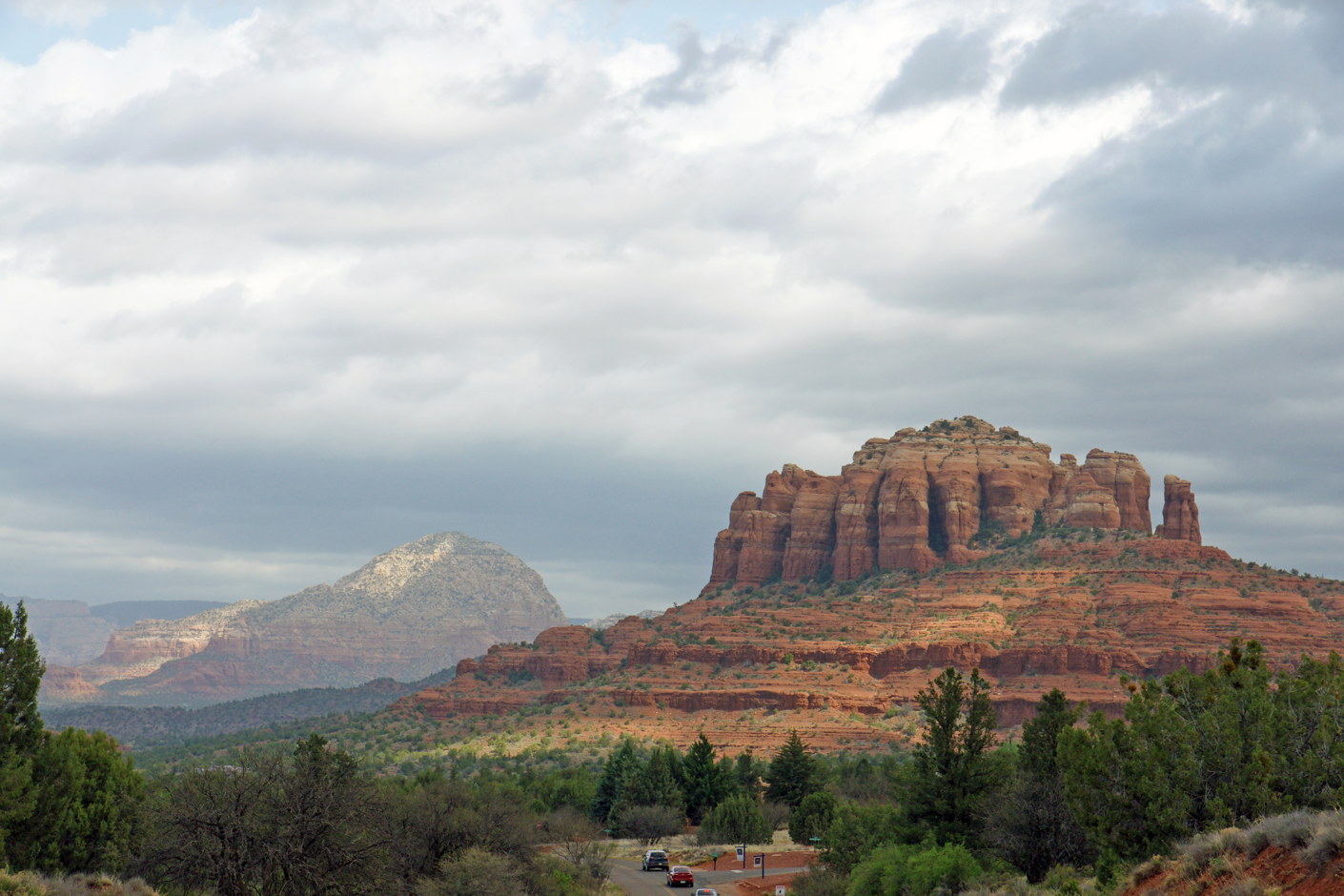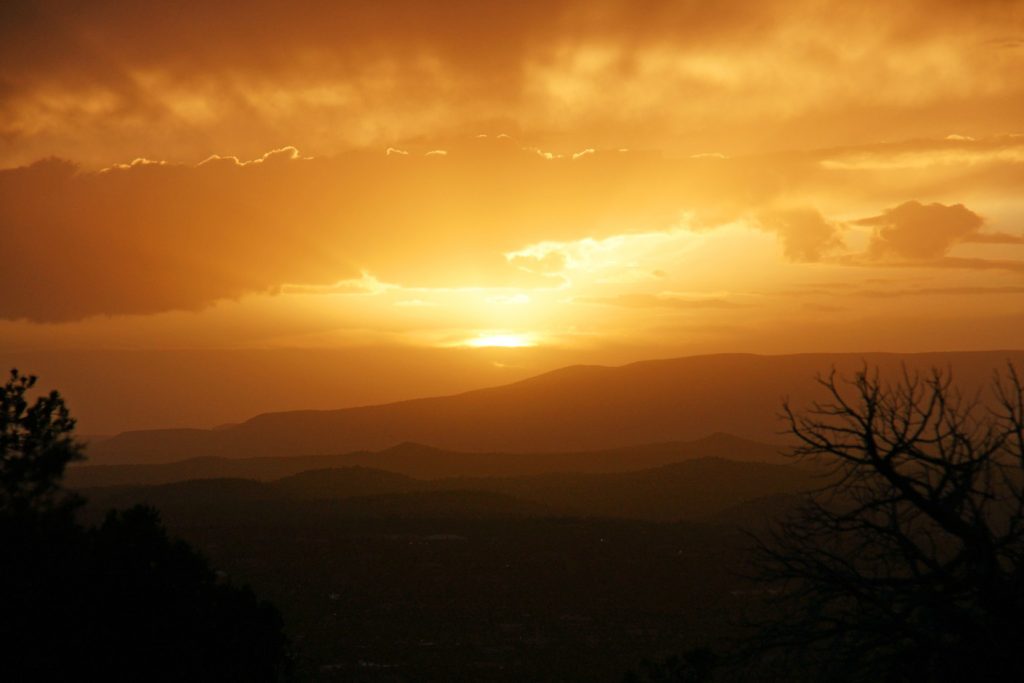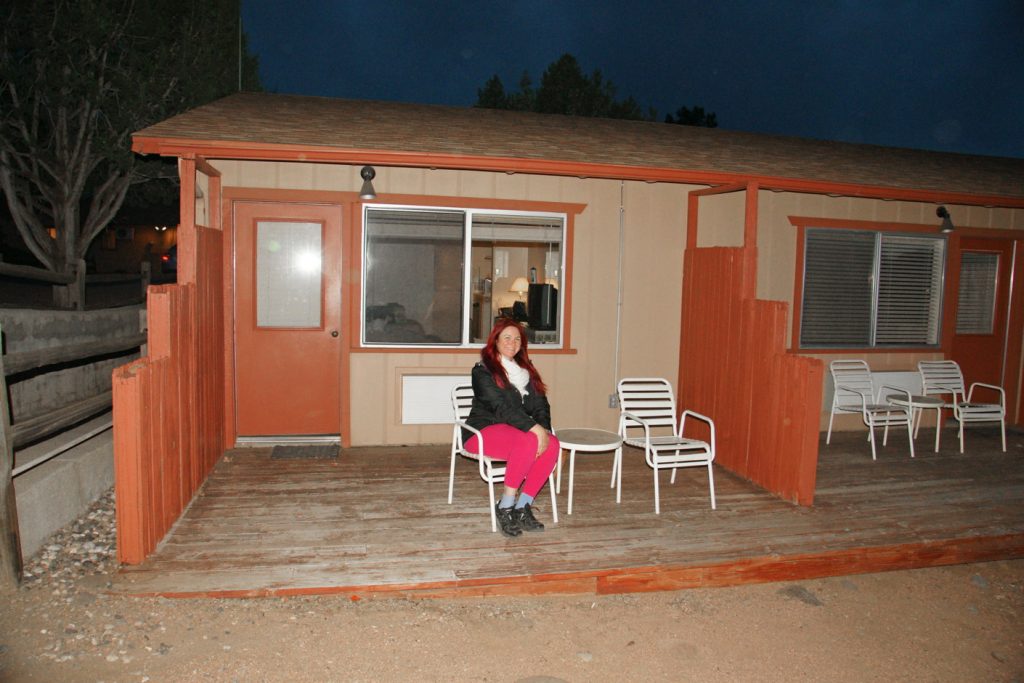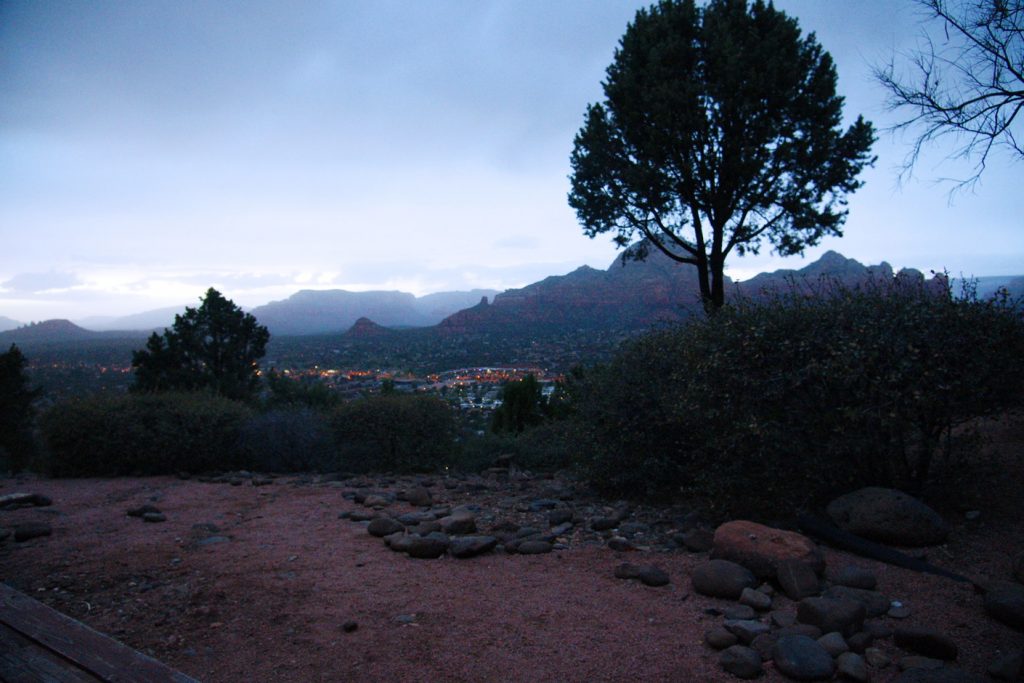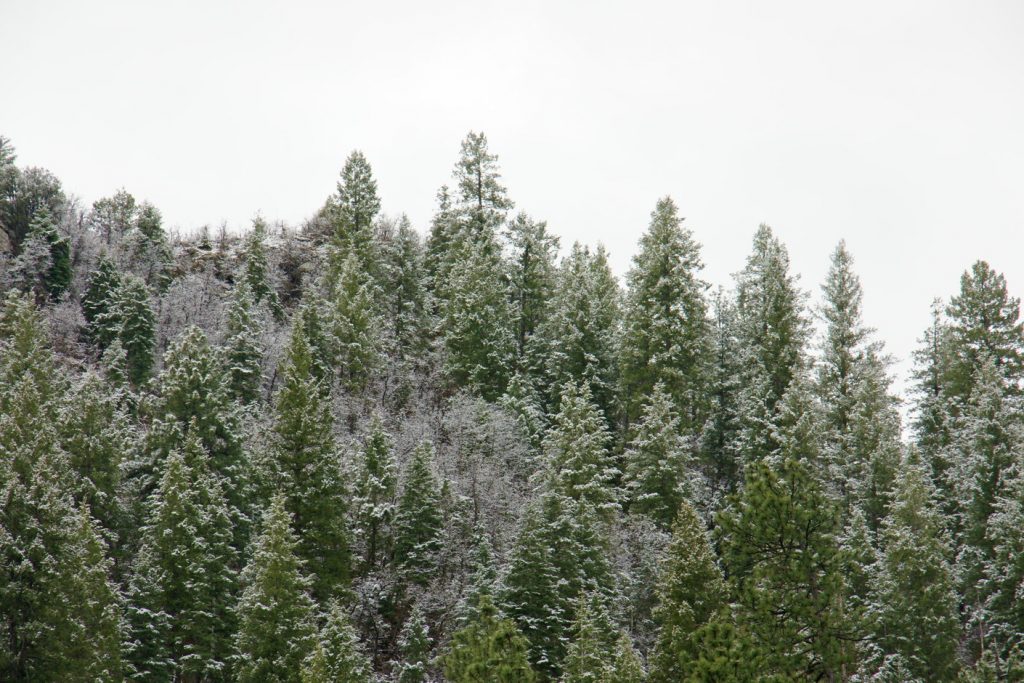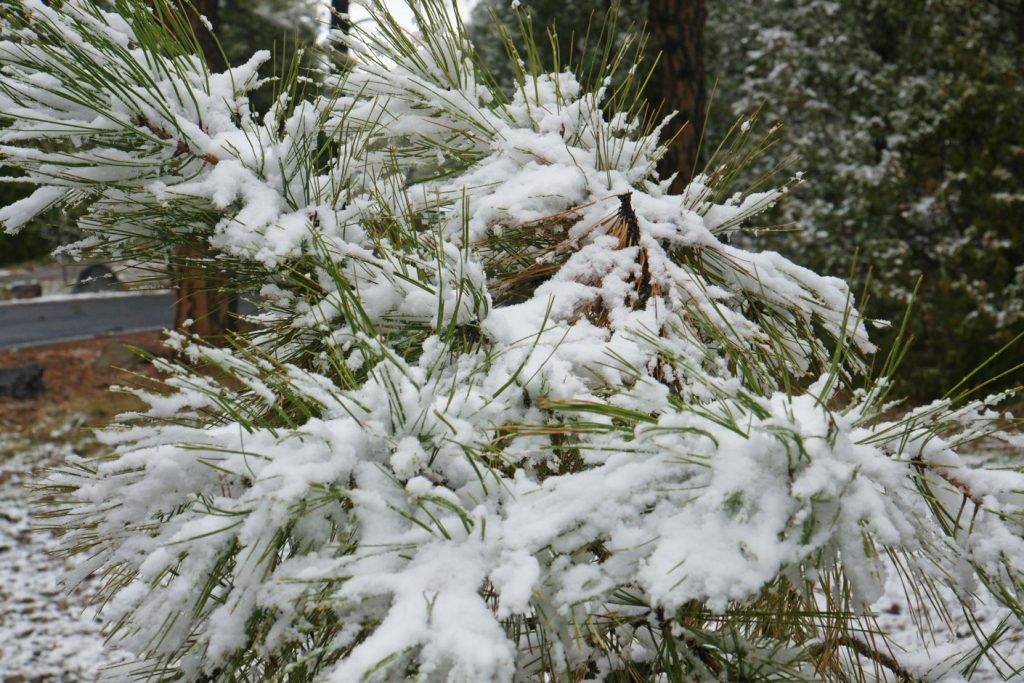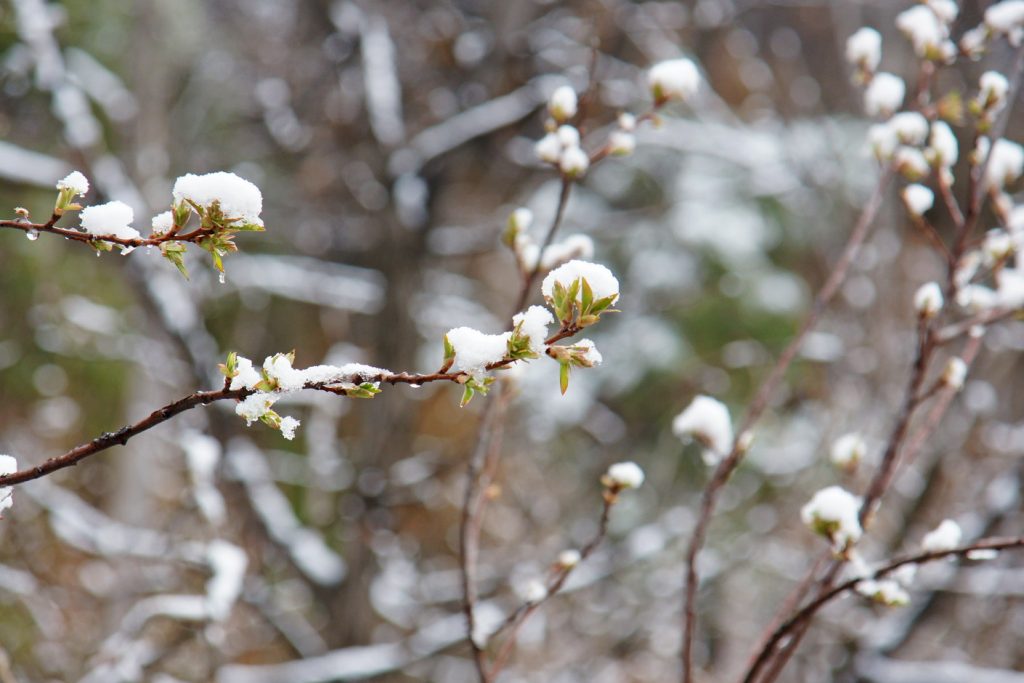Arizona is just a few hours away from our home in San Diego, and we’re taking a road trip to ride dune buggies on the Algodones Dunes, visit Saguaro National Park and Agua Caliente Park, tour the Mount Lemmon Scenic Byway, and spend a few days in Sedona. And, since we are the King and Queen of shoulder season travel, we are going in the dead of winter (February).
Pro tip: Normally in Southern California, we drive as fast as traffic will allow: stay in the herd, don’t cowboy, and you are unnoticed by the constabulary. This is NOT true on Interstate 8 traveling to Arizona. Set your cruise control to be about 4 mph over the speed limit, and relax.
Pro tip: Arizona is, let’s say “enthusiastic”, about enforcing traffic speed limits. You have been warned.
As you near the California – Arizona border on Interstate 8, you’ll notice you are driving past … nothing. And you’ll soon discover you are wrong.
Dune Buggies
There is, in fact, a large dune buggy community that takes advantage of the beautiful Algodones Dunes to enjoy their sport.
Note: the Algodones Dunes are split into different sections. Part of it is designated the North Algodones Dunes Wilderness and is off-limits to vehicular traffic. Of the section designated as Recreational, only 40% is open to off-road traffic.
And that 40% is A LOT of fun. 😎
Saguaro National Park
Our next stop is Saguaro National Park, just outside of Tucson, AZ.
The iconic saguaro cactus are in abundance well before you enter the National Park. They form forests, stretching across the undulating plains. In addition, there are about two dozen species of other cacti in this park.
We get out of the car and hike. The air is warm and everything is quiet. Except for a few small birds, we see no signs of animals.
After a short time, we spot a mule deer looking at us curiously. Note the Engelmann’s prickly pear cactus in front of and behind the deer.
Fortunately, the Nuttall’s woodpecker‘s splash of red on its crown makes it easy to see in the thicket of branches.
The Phainopepla stands out against the blue sky. Despite being part of the silky-flycatcher family of birds, feeds heavily on mistletoe.
Cactus abound in this park, and we find a fishhook barrel cactus that is flowering.
The flowers are pollinated by cactus bees. Mule deer, birds, and javelina eat the fruit. The birds especially like the seeds. The people of the Sonoran Desert use the fruit for candy and jelly.
Tradition says that the barrel cactus is a source of water for people lost without water in the desert, but the water contains oxalic acid and is likely to cause diarrhea if ingested on an empty stomach.
However, it’s the saguaro that draw our attention. When you get close to the cactus, you can see how big they really are. Interestingly, most of the saguaros roots are only 4-6 inches deep and radiate out as far from the plant as it is tall. There is one deep root, or tap root that extends down into the ground more than 2 feet. This root system allows the cactus to quickly absorb any rainfall, and it is also responsible for keeping saguaro cactus distant from each other.
Despite the seeming harshness of this environment, there is a softness if you spend the time to explore. But our excursion has ended, and we continue to the next.
Agua Caliente Park
Agua Caliente Park, or more formally Roy P. Drachman Agua Caliente Regional Park, is a 101-acre park with a perennial warm spring. It is located on the far east side of Tucson, and that is our next destination.
The air in the park is remarkably cool, even though the name means “hot water”. The park is nearly empty on this February morning, and we are enjoying the solitude. A pair of mallard ducks in winter plumage swim past us.
The park is home to many different species of palm trees, creating a small forest of trees. The shaded areas are as cool as they appear to be.
This place is reminiscent of Hollywood’s portrayal of the thirsty desert, the only salvation being a rare oasis with no human inhabitants. Except here today, it really is. 😎
As we anticipated, Agua Caliente is home to hundreds of different bird species, but the easiest to see are the ducks, especially these american wigeon.
According to the park’s website: “The flow rate from the spring has varied over time reportedly as high as 500 gallons per minute to an unmeasurable seep in recent years. The sources and pathways for the water that now infrequently comes out of the natural spring head are not fully understood. Rainfall and snow on the Santa Catalina Mountains, shallow and deep rock stresses and fractures as well as significant heat generated hundreds of feet below the surface, all contribute to the complex and changing system. In recent years the pond has been maintained with water pumped from a well located on the property.”
Danger: Bad puns ahead. We have seen the park from the front side to the backside (sorry) and are at the end (sorry) of our visit and we don’t want to fall behind (sorry), so we will jump in our car seat (sorry) and high tail (sorry) it to our next destination,
Mount Lemmon Scenic Byway
We have a good night’s sleep at a small hotel, then get back in the car and drive north on the Mount Lemmon Scenic Byway, a 27-mile long stretch of highway that runs from Tucson to Mt. Lemmon.
We drive slowly, not only because the road is tortuous, but because we don’t want to miss any of the spectacular scenery.
The state of Arizona has kindly provided a number of turnouts at prominent locations, and we avail ourselves of them. At the end of this turnout is a viewing area on a raised rock formation. Notice the hoodoo to the left, one of the many such formations in Arizona.
The view is spectacular. We take our time; each outcropping of rock has something beautiful to share with us.
We leave our car and hike down a path towards a copse, because we know that, in the desert, trees mean water. And sure enough, we find a cool pond.
There is no one but us here, and the gurgling of the stream is the only sound.
We continue our drive, impressed that something as simple as “rock formations” can have such majesty.
We stop at another turnout and can see the route we have been driving. We can easily see the different types of rocks, just in that the formations directly below are smooth, indicating sandstone.
We love the southern Arizona desert, but it’s time to continue our adventure.
Sedona
We are in Sedona, staying at the Sky Ranch Lodge, an unpretentious hotel near the Sedona airport and overlooking the Oak Creek river valley.
We are staying at this lodge because of the view across Oak Creek canyon.
But we are here to hike, and hike we shall. Given that it’s February, there are almost no other hikers around, and we enjoy the solitude.
The red rock is not slippery, and we climb pretty much anywhere we like. The air is crisp and clean.
A hiking trail leads to these four colored crosses. We have no idea what they mean, but they are a convenient trail marker.
Okay, I like to climb things. The day is warming, and we are enjoying having the place to ourselves.
The Chapel of the Holy Cross, one of the seven wonders of the world. Well, seven man-made wonders. Of Arizona. (True!) It is an interesting mixture of natural rock and human architecture. We hike to it, but the inside is rather small (and we are not sure if photographs are allowed); the outside is far more interesting.
We take far more photographs than we can reasonably show in our travel blog, but we’ve included a small slide show of some of the more interesting shots we took.
The sun is setting, and, like everything else in Sedona, it is beautiful.
We return to our hotel. There is a television, but why would you watch TV when you have Sedona?
We sip wine and enjoy the night, stargazing from our patio, watching the satellites and shooting stars in the cool night sky. After a while, clouds blow in and the night becomes too cool; we retire to our bed.
Snow in Sedona!
We awake the next morning to begin our journey home, and discover that a storm has moved into Sedona overnight. We bundle up and drive though the valley, then out the other side.
Snow! For us, this is quite a treat. San Diego doesn’t get snow. For us, a cold day means the temperature never reaches 70 degrees. This is fantastic!
The trees are lightly dusted with snow from the night’s storm.
We park the car and walk through the wooded hillside, enjoying both the brisk air and the white fluffy snow.
There is beauty in transience, and the slow drops of the melting snow serve to bring more wonder to the moment.
So our road trip ends. We began with dune buggies and desert cactus, transition through a warm lake and scenic mountain byway, then hike the red rocks of northern Arizona and frolic in unexpected snow. Television teaches us that the desert is a desolate, hot, uninhabitable place; in fact, the Arizona desert is diverse in landscape and weather, and is waiting there for your enjoyment.
May all trips be such fun! 😀

